Do you dream of shooting stunning architecture photography with your iPhone, only to end up with an uninspiring photo of a boring-looking building? If you struggle to convey the scale and beauty of buildings and architecture, you’re probably not using the right shooting techniques. Buildings have many features that help with good composition, like symmetry, repetitive patterns and leading lines, and in this tutorial you’ll discover how to use these elements to start taking incredible photos of architecture with your iPhone.
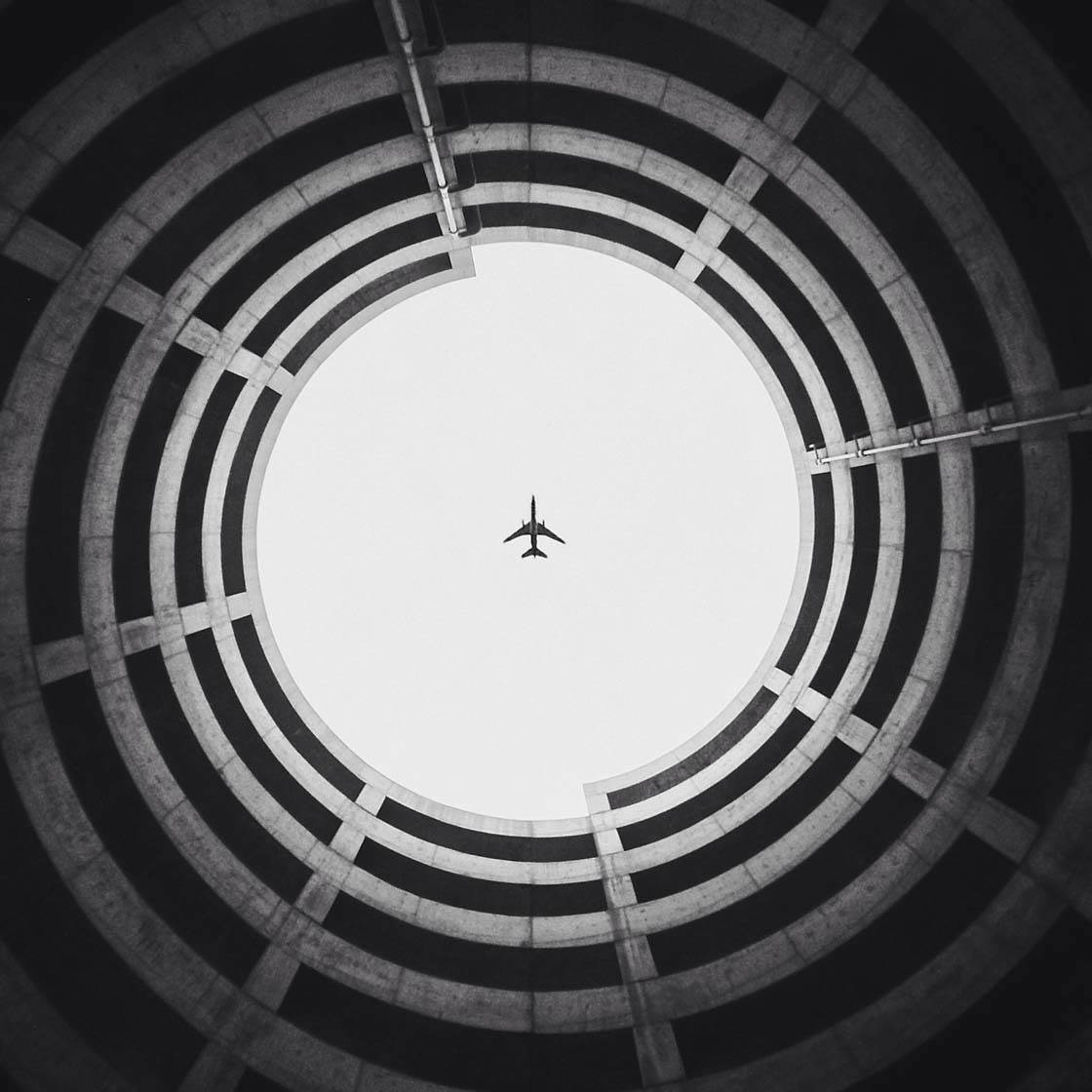
1. Find Interesting Architecture
The first thing you need to do is find something interesting to shoot! Architecture comes in so many different styles, shapes and sizes that you shouldn’t have too much trouble finding a great subject.
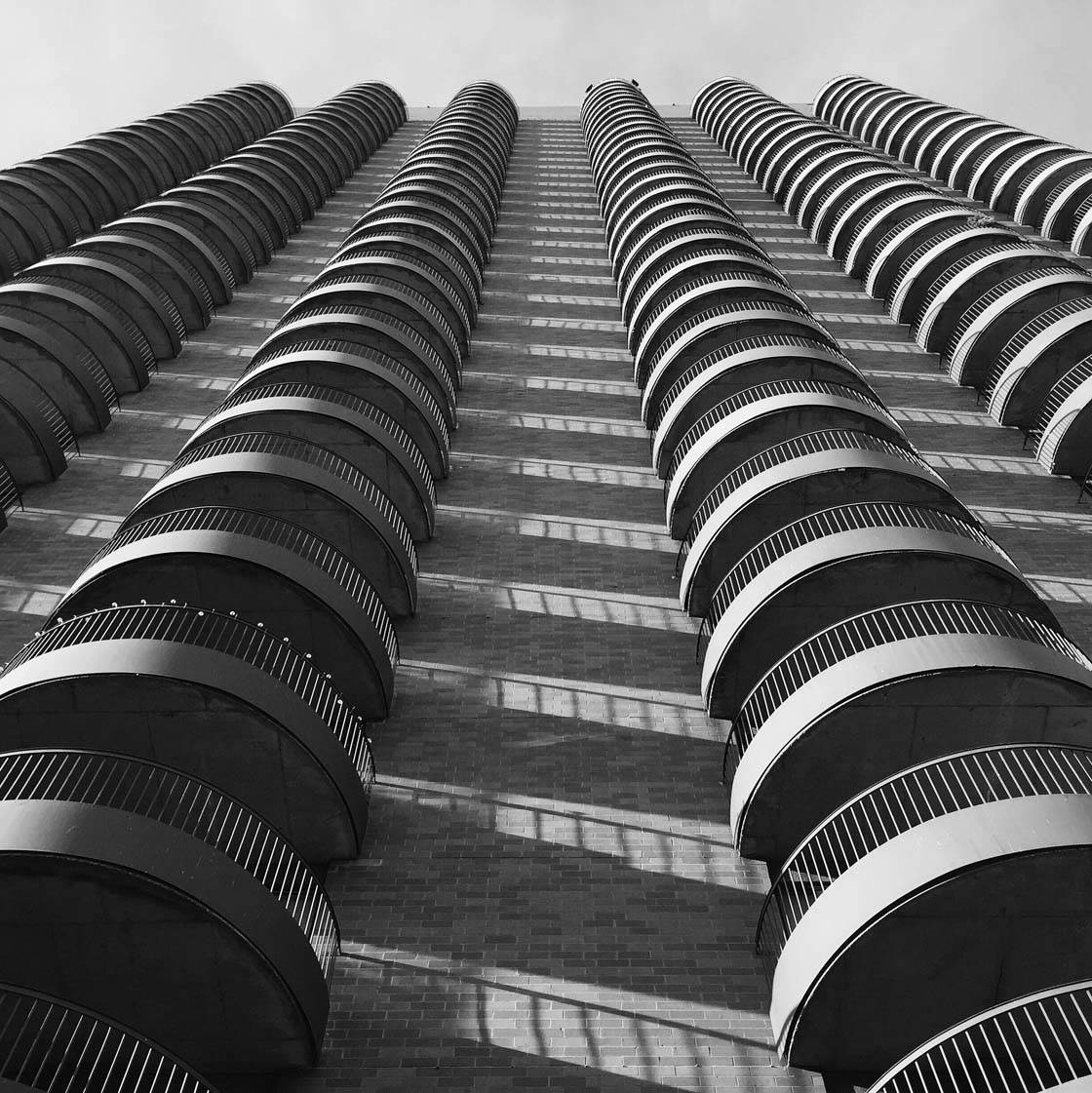
Look for different types of facades, or buildings that have interesting details to photograph. Once you start paying attention, you’ll notice all kinds of great architectural photo opportunities.
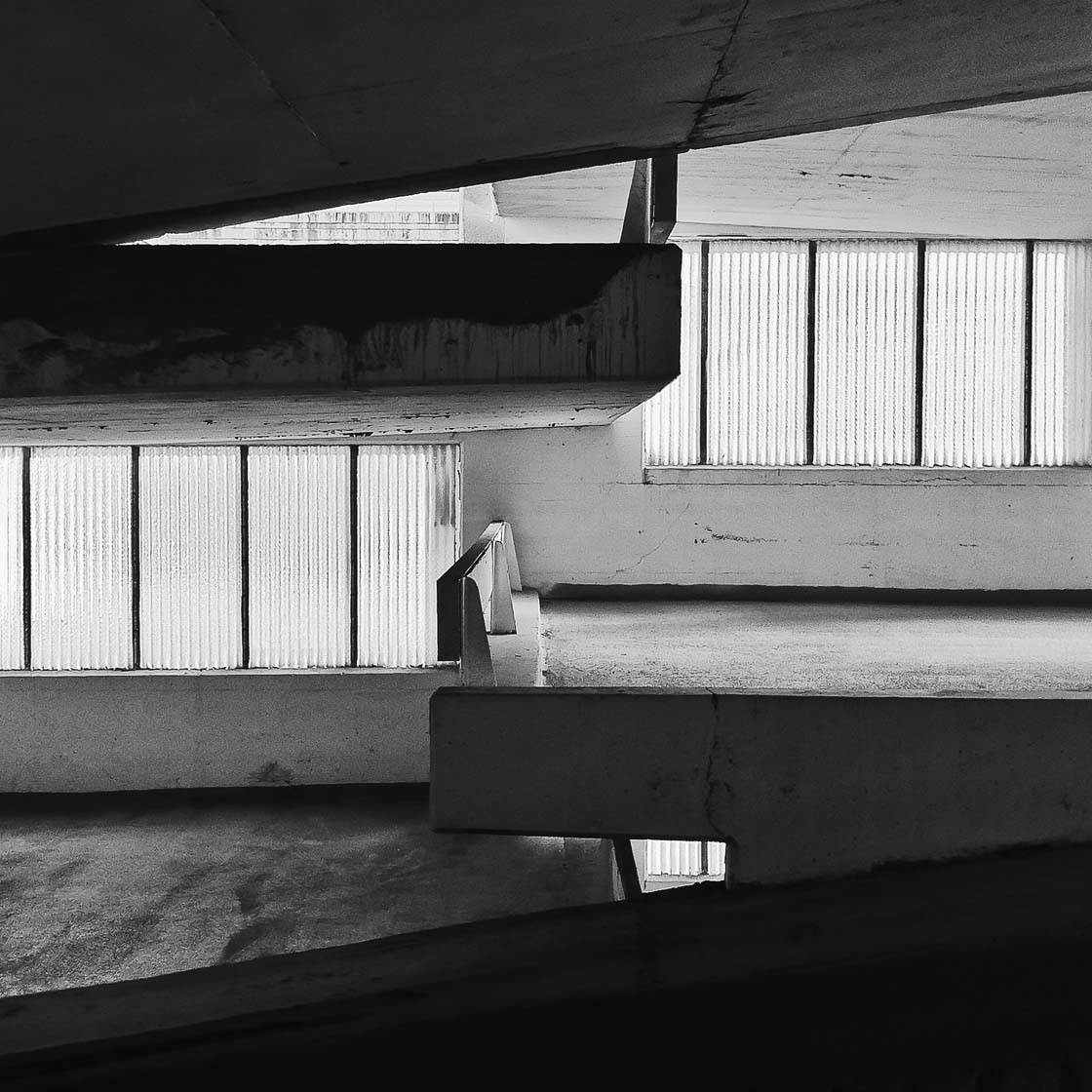
Explore lots of different types of buildings. A parking lot can be just as photogenic as a cathedral or modern office block.
Think about the different types of buildings you see on a regular basis, such as houses, apartment blocks, shopping malls, subway stations, churches, skyscrapers, factories, workshops, etc. Then try to photograph each one to gain experience with shooting different types of architecture.
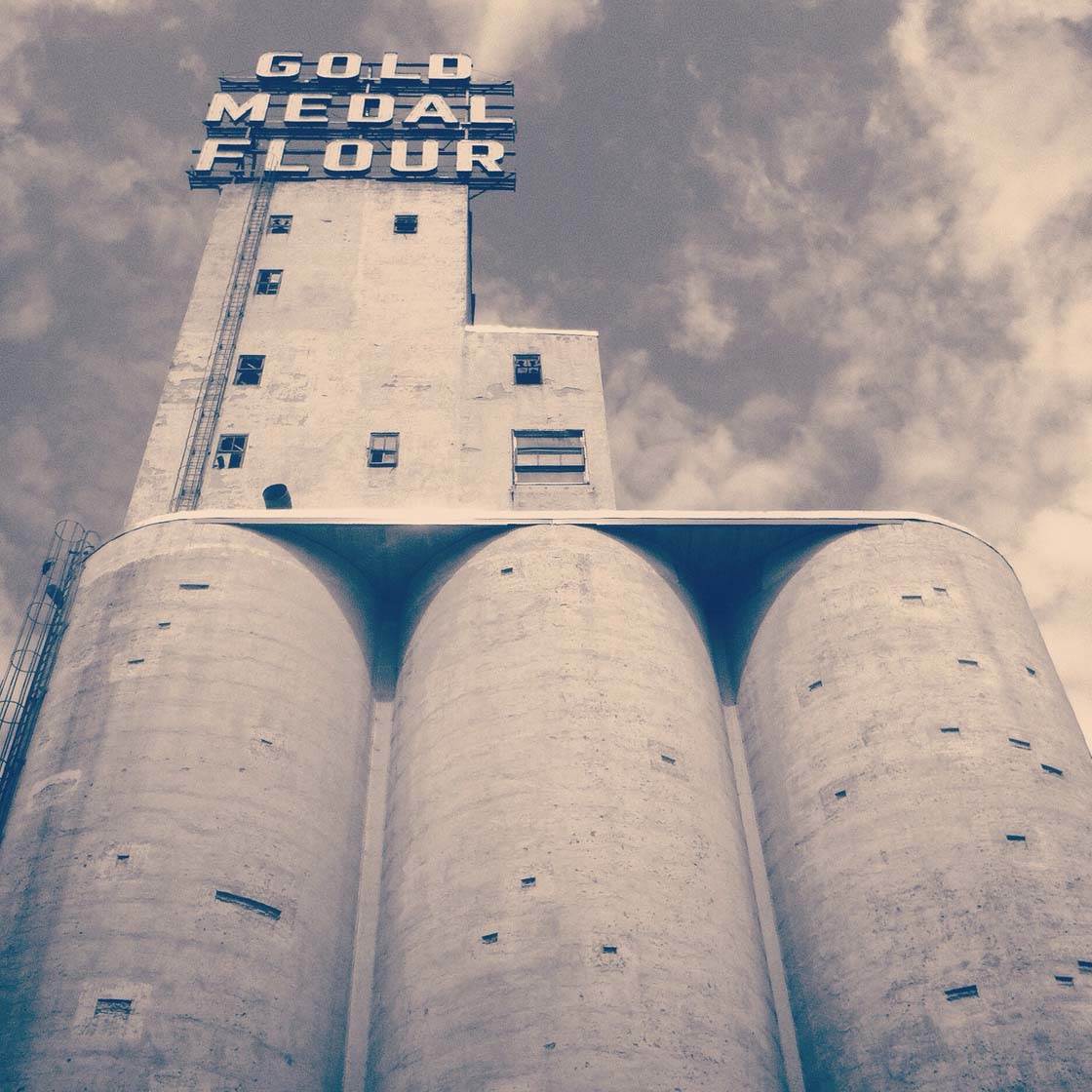
Look at buildings of different styles and try to notice the unique features of each one. Old buildings with traditional features and new buildings with modern architecture both make great subjects for your iPhone photos, but in different ways.
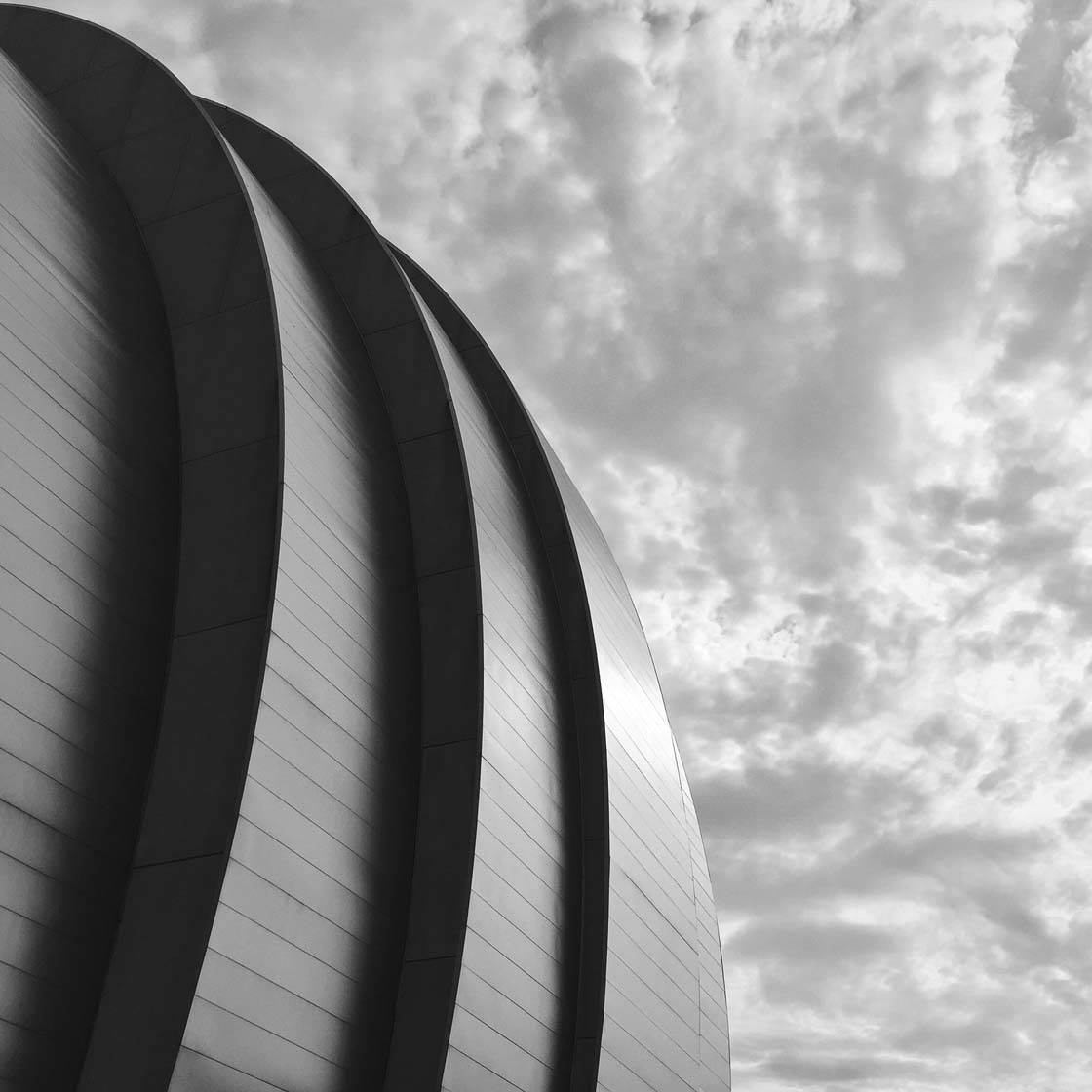
If you often pass the same building, study it at different times of day. When does it look its best? What’s the best angle to shoot from in different types of light? Take photos of the building at several different times of day to see how the lighting affects your photo.
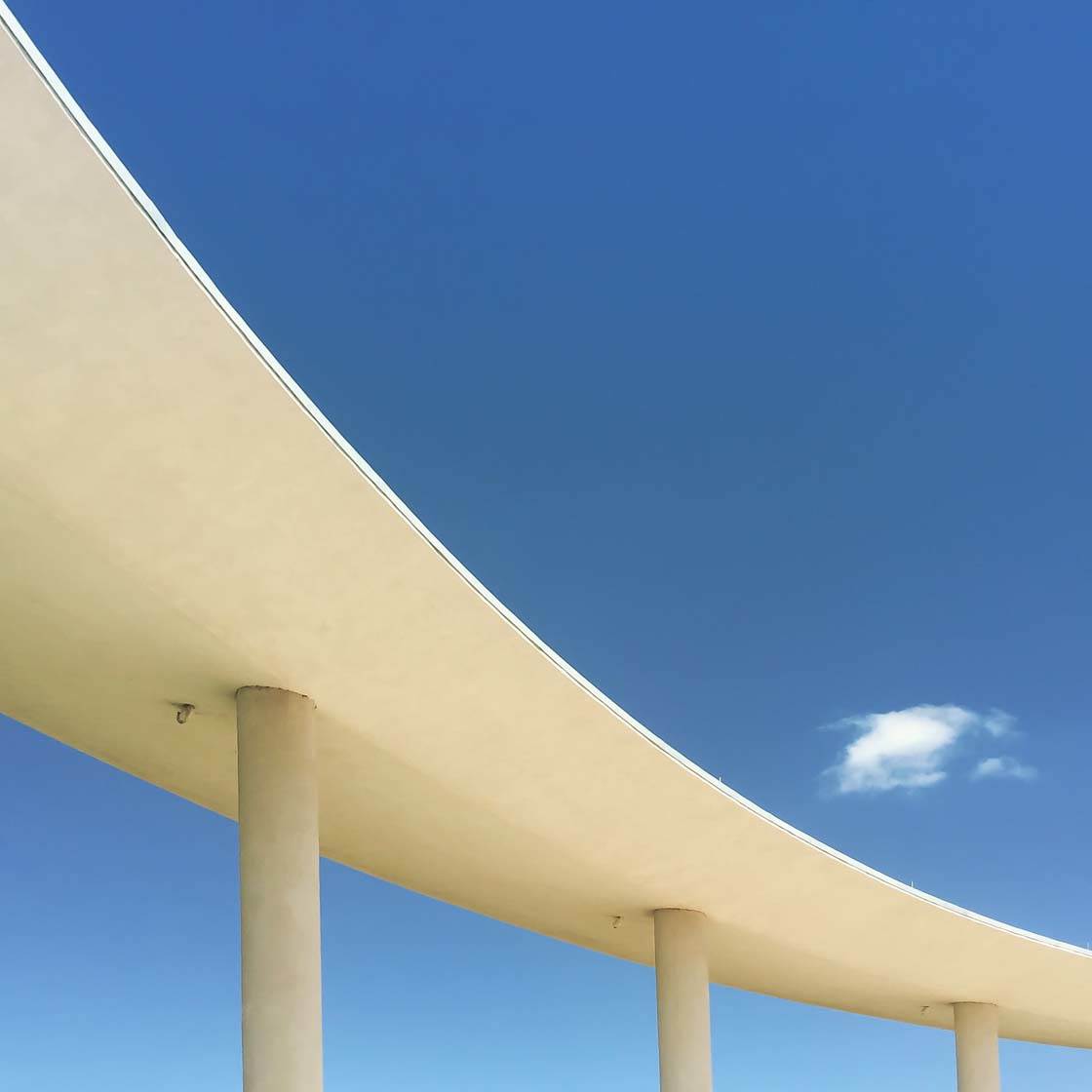
And remember that architecture doesn’t have to just be buildings. Bridges, parking garages, or any other man-made structure can make for a great architectural photo.
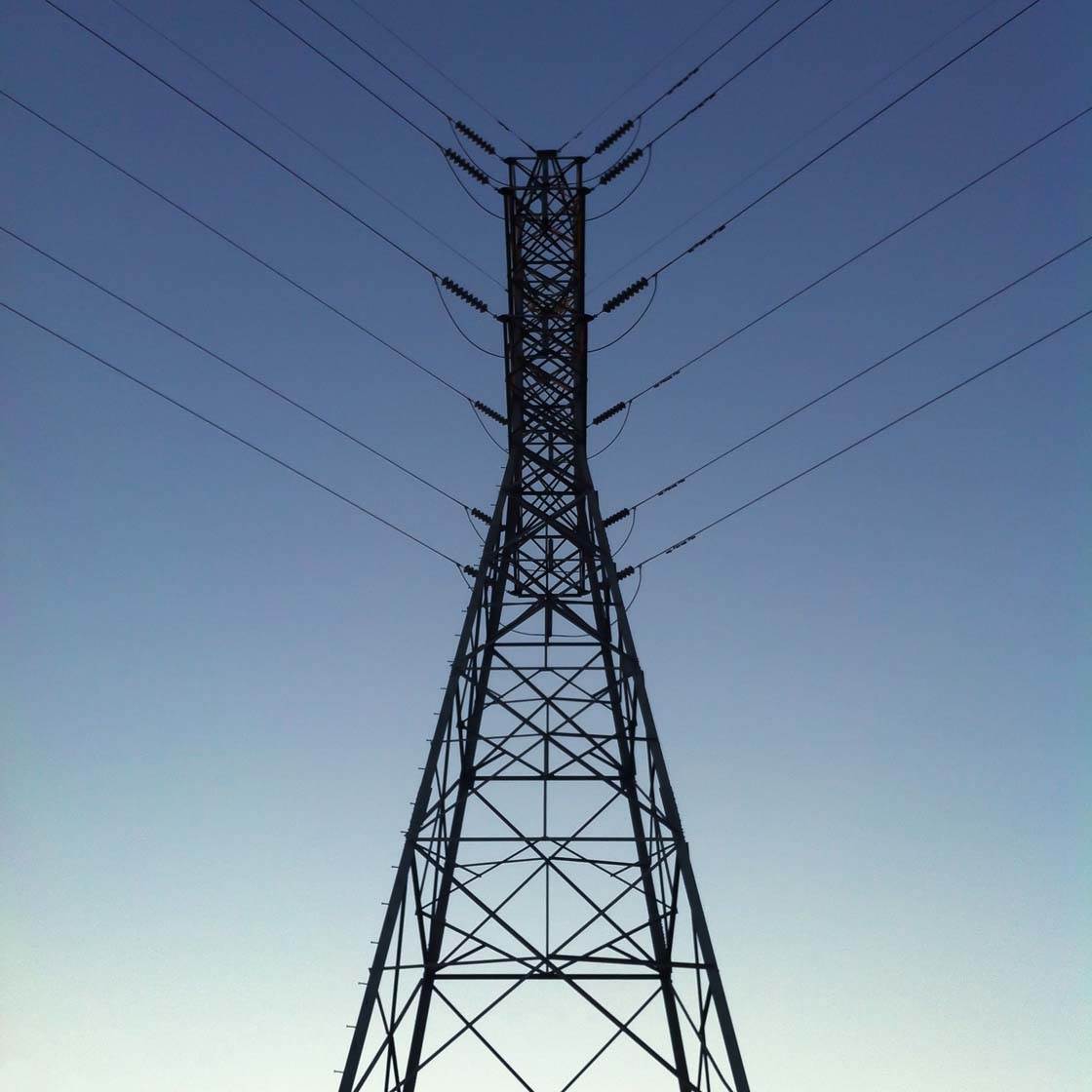
2. Shoot From Different Perspectives
Sometimes a building looks great when you shoot it straight on. But other times looking for a unique angle can make for an amazing architectural photo.

Try looking straight up at a building and playing with how much of the sky you include or exclude. Or look down from a high building instead, which can momentarily confuse your viewer in a fun and unexpected way.
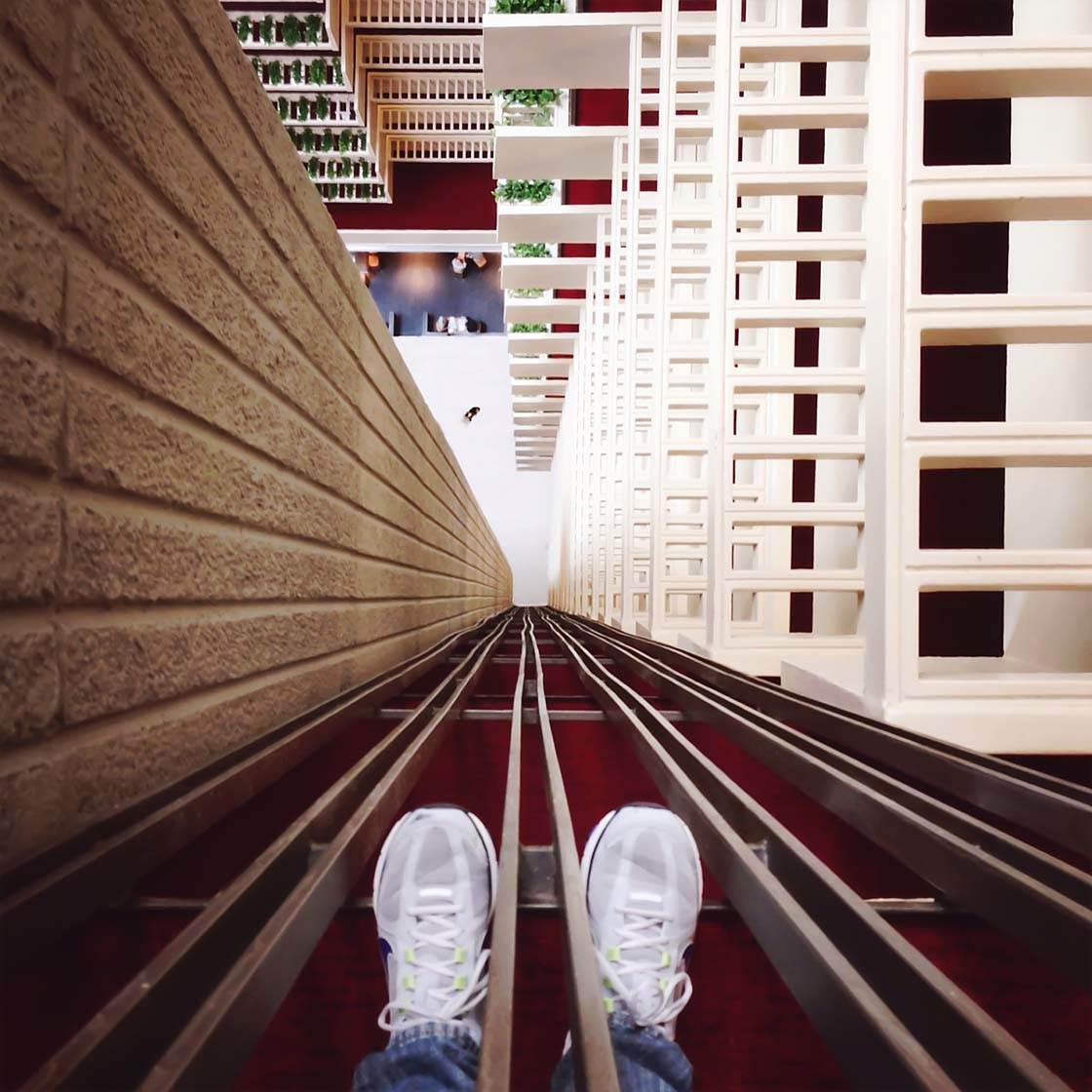
Often, holding your iPhone up against a glassy or metallic building can make for a unique perspective.
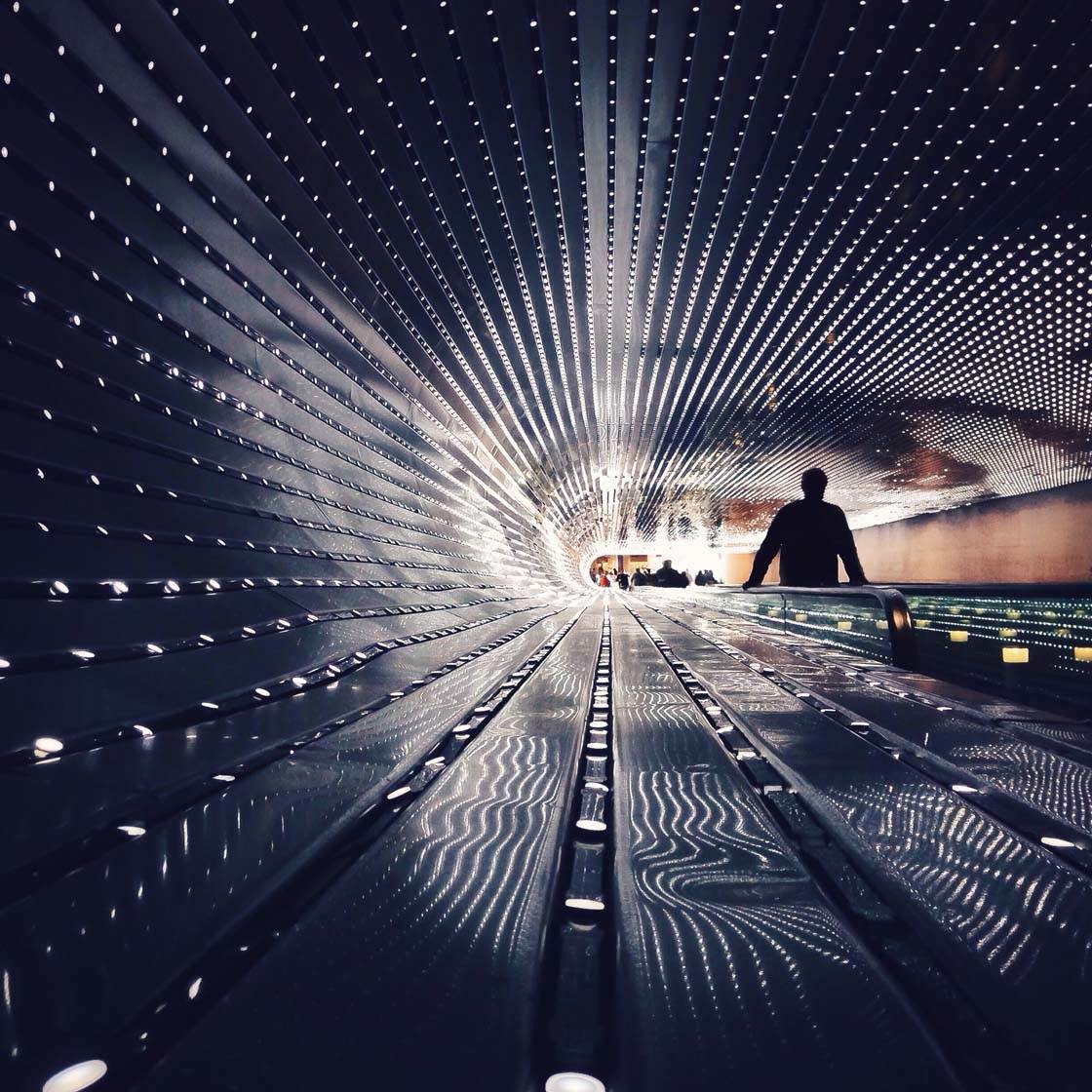
Lastly, framing your photo in an unusual way, such as leaving a lot of negative (empty) space, can make the difference between a good photo and a great one.
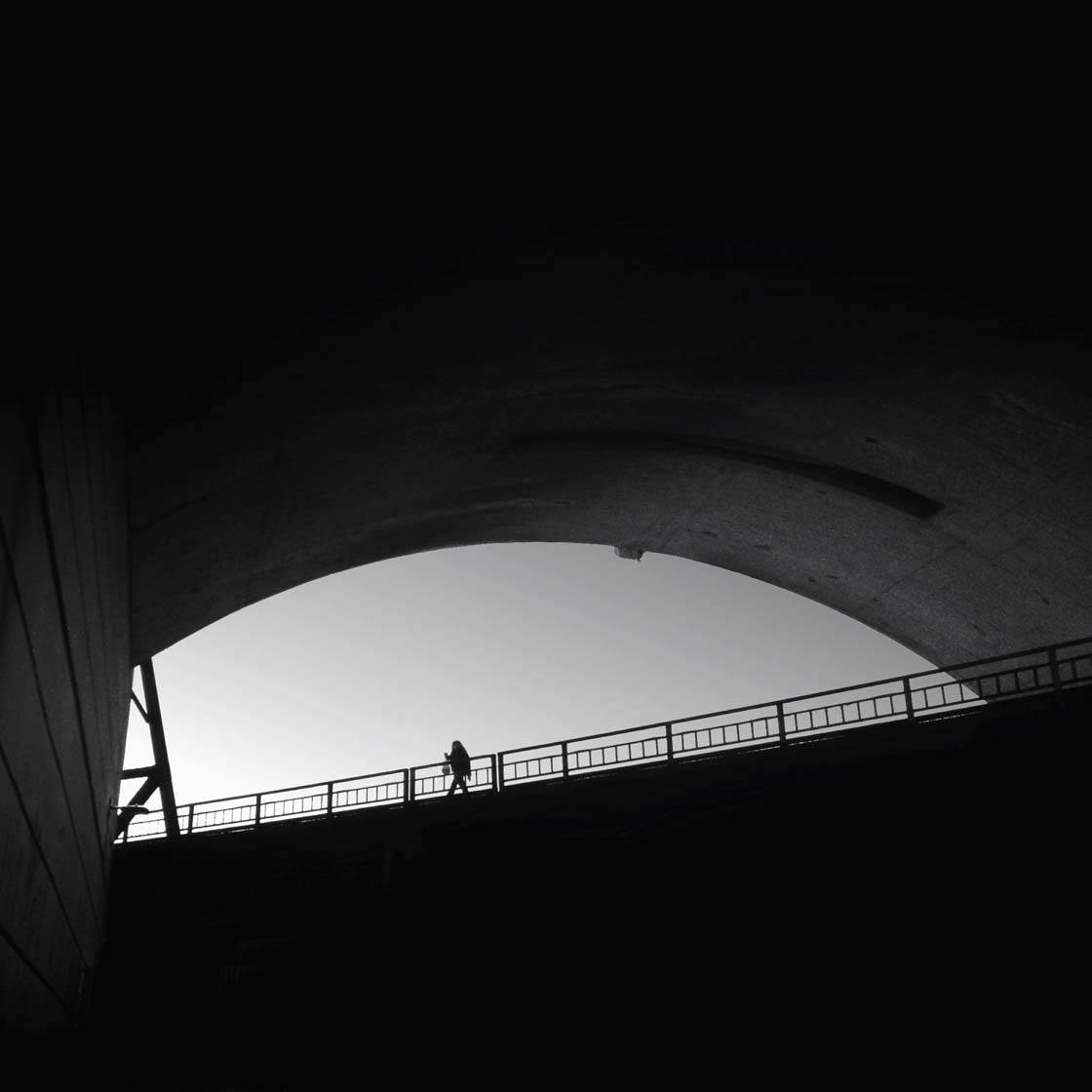
3. Shoot Interiors
In addition to photographing the outside of buildings, don’t forget to explore the inside of these structures too.
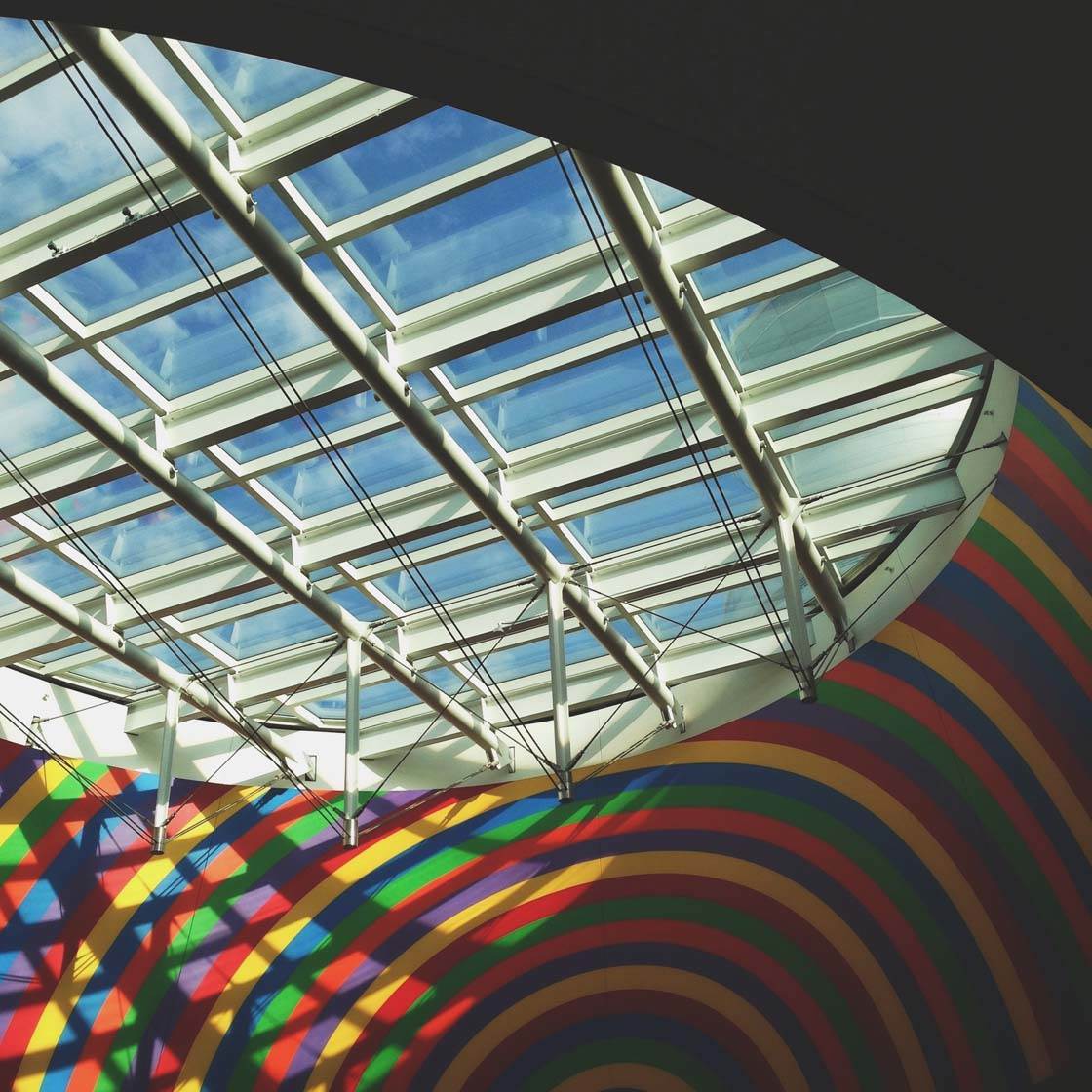
Interiors can make for great architectural photos, and you’ll often discover more interesting features and angles to photograph.
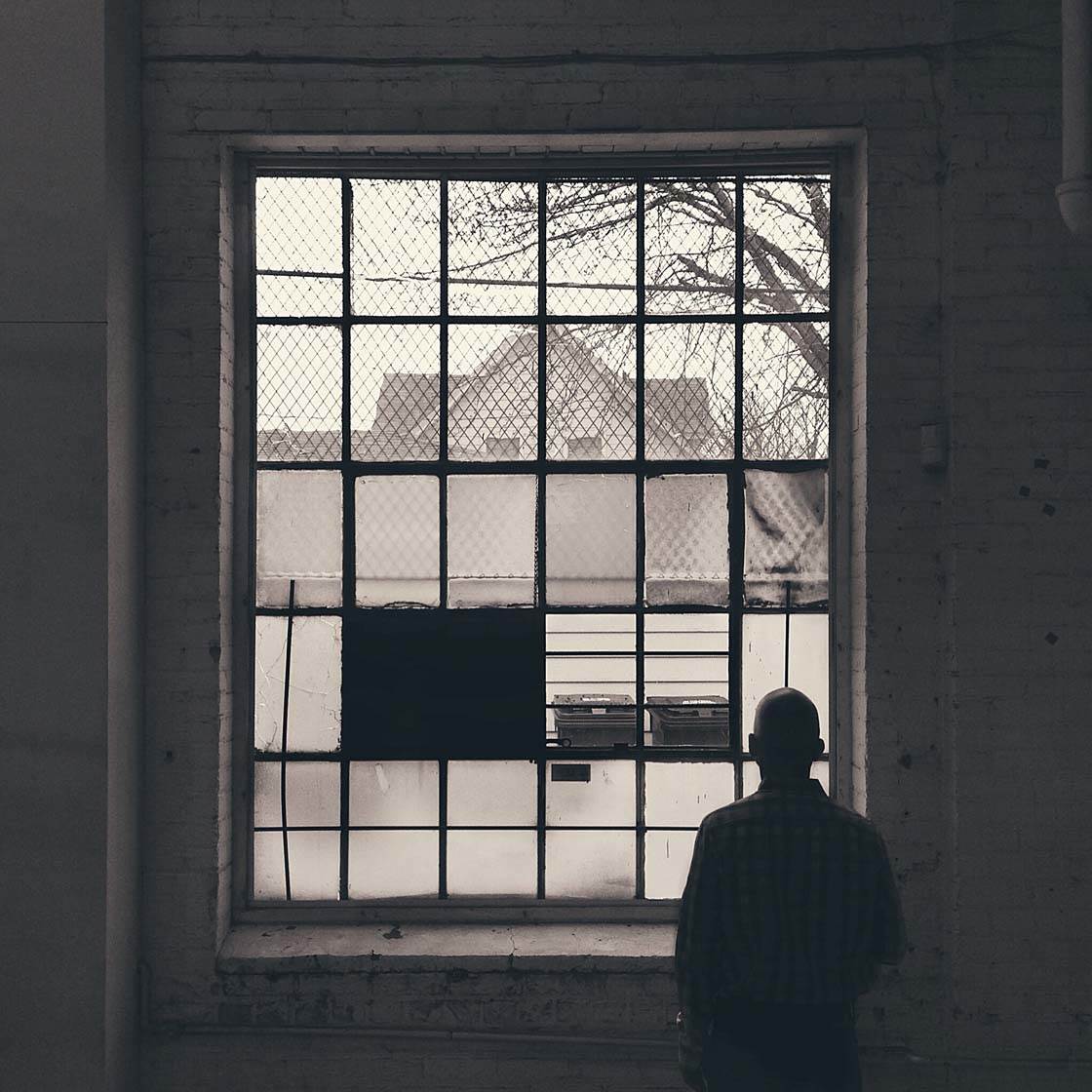
Windows control the amount of light coming into the building, so pay close attention to them. Often, a single window will make a great setting to place a person or another subject for a dramatic photo.
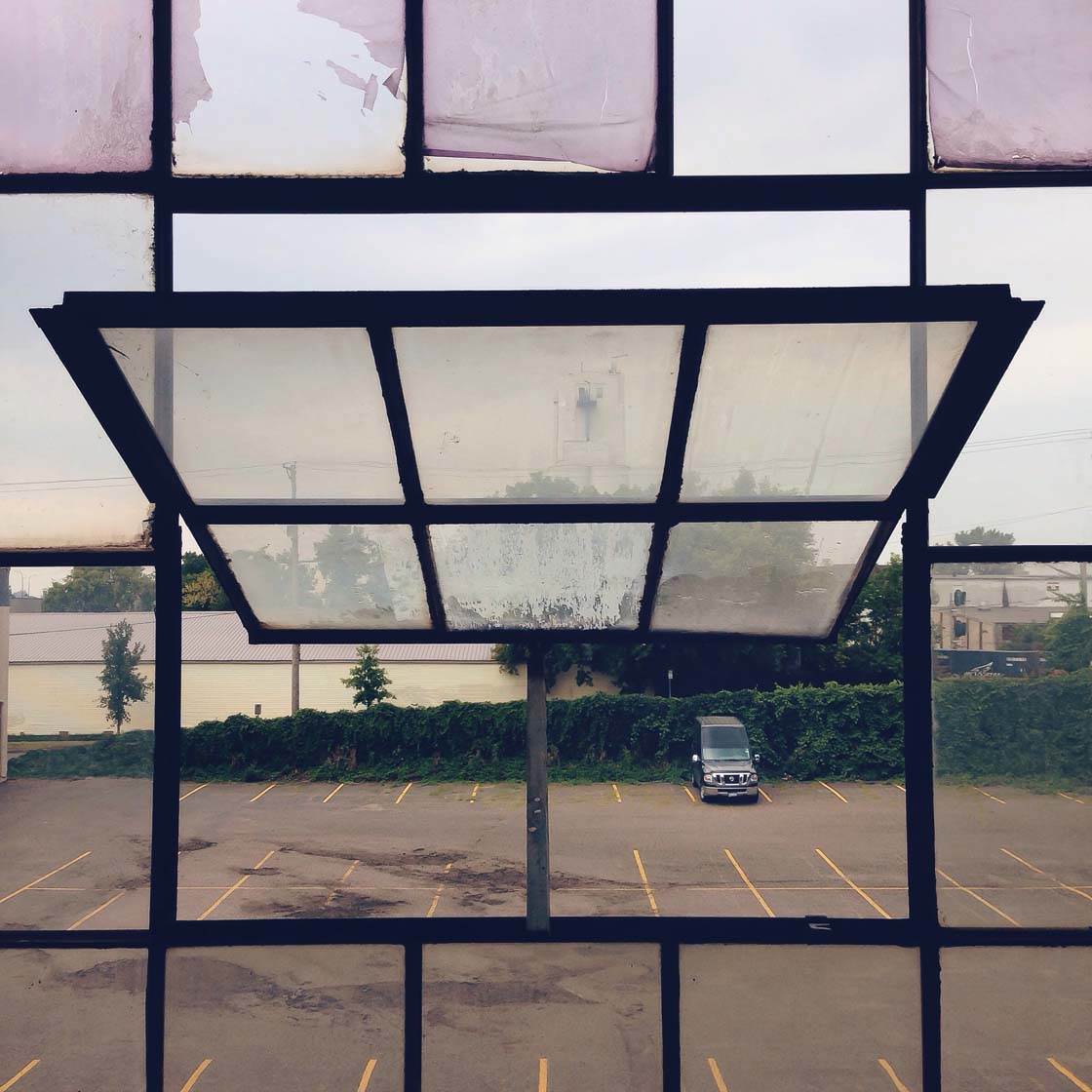
By looking through a window to the subject beyond, you create a natural frame around your main subject. This is a great way to improve the composition of your photos and draw attention to the subject.
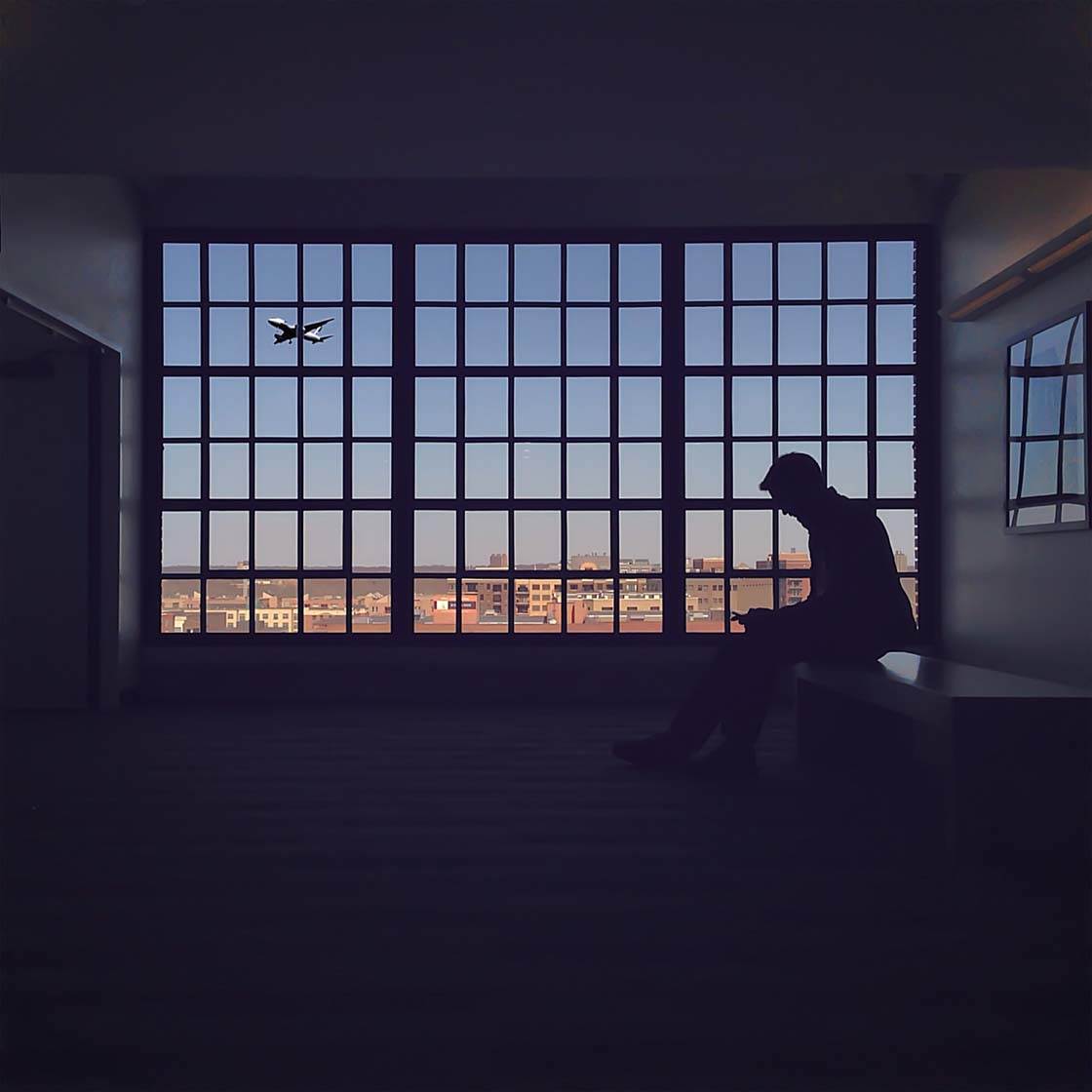
Creating silhouette photos is an excellent way of adding a sense of mystery and drama to your indoor architecture shots.
To create a silhouette, simply position your subject in front of the window and shoot towards the light. Tap the screen to set focus where you want it, then swipe down on the screen to reduce exposure until the subject appears as a dark silhouette against the bright background.
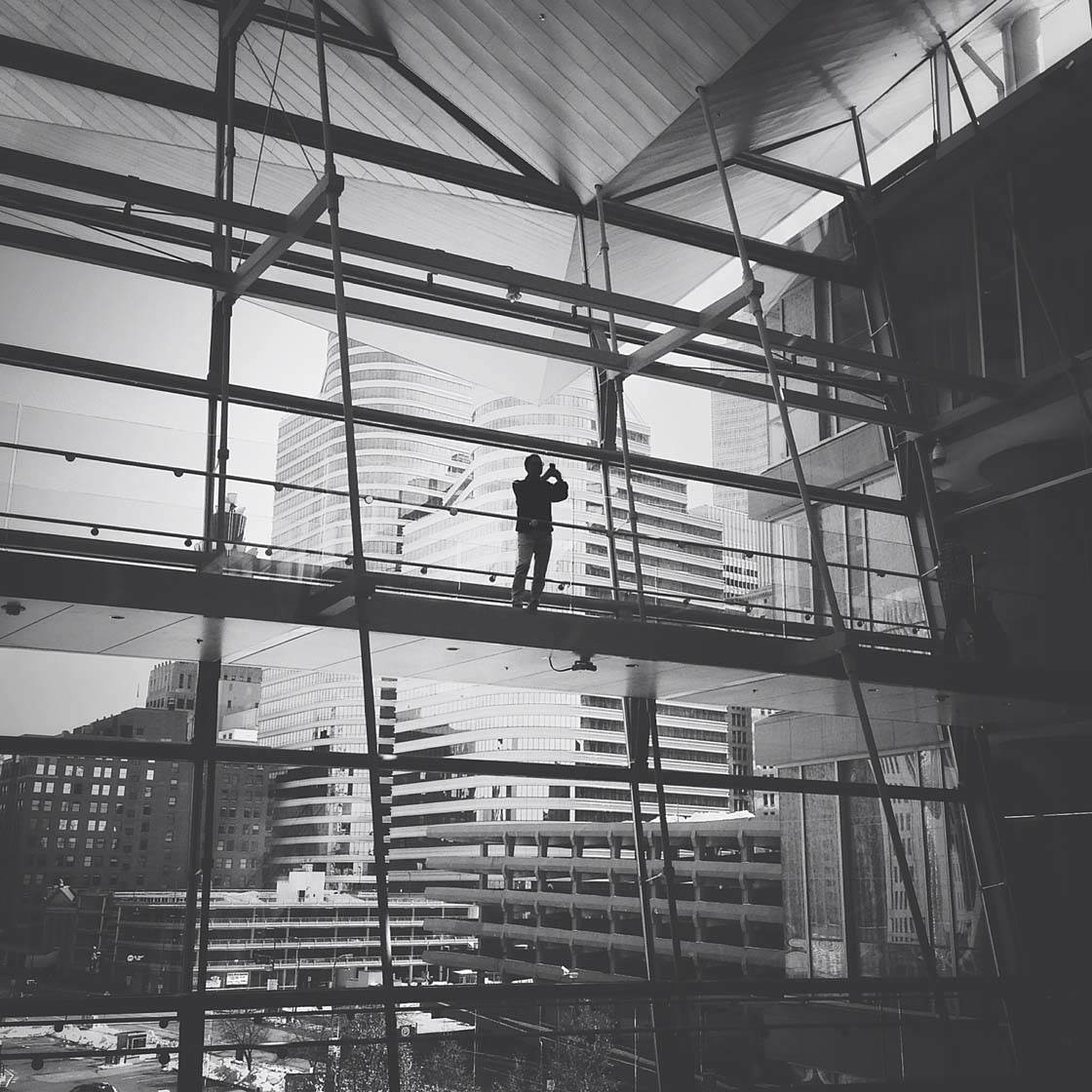
Interior photos can also be good for conveying a great sense of space. Building lobbies, airports, or other public spaces often make large interior spaces that are perfect for architectural photography.
4. Use Leading Lines
Leading lines are one of the best things you can master in order to create good composition in your photos. A leading line is simply a line in the scene that leads the viewer’s eye from one part of the frame to another.
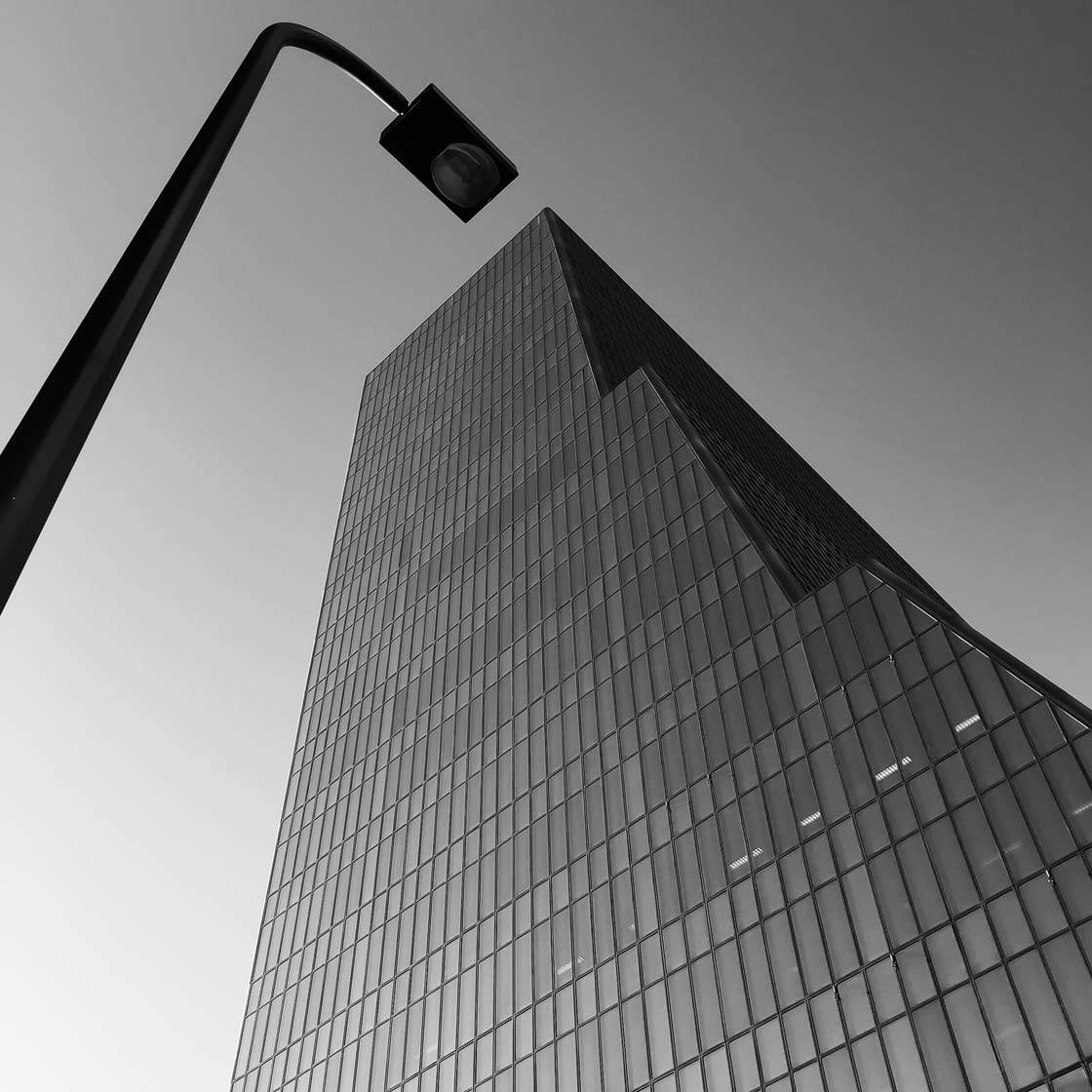
Leading lines are great for creating a sense of depth in an image, and they add a strong design element to your photos.
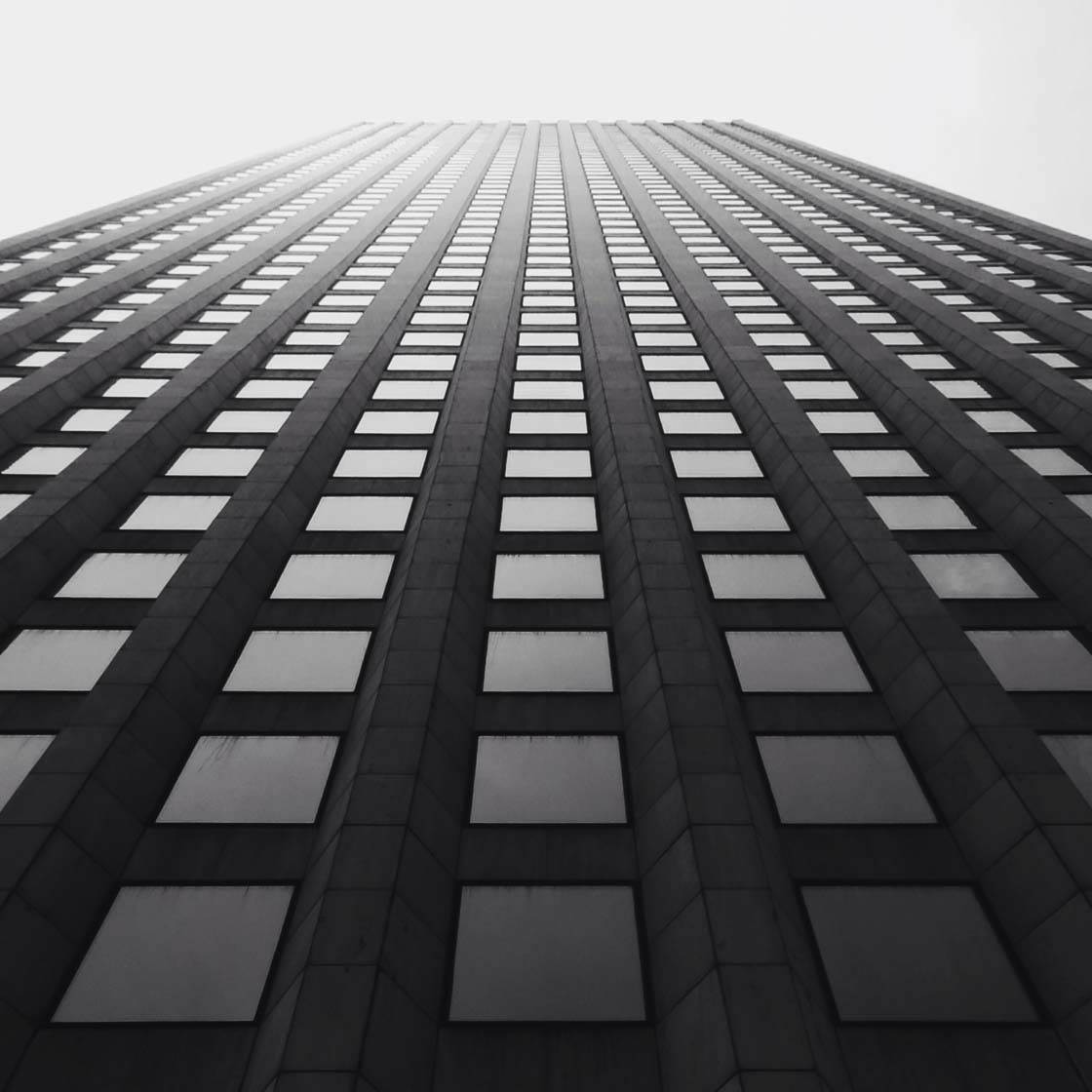
Architecture is the perfect subject for finding leading lines. A classic example is a shot looking up at a building facade, where the rows of windows recede into the distance. The lines draw the eye from the bottom of the building to the top.
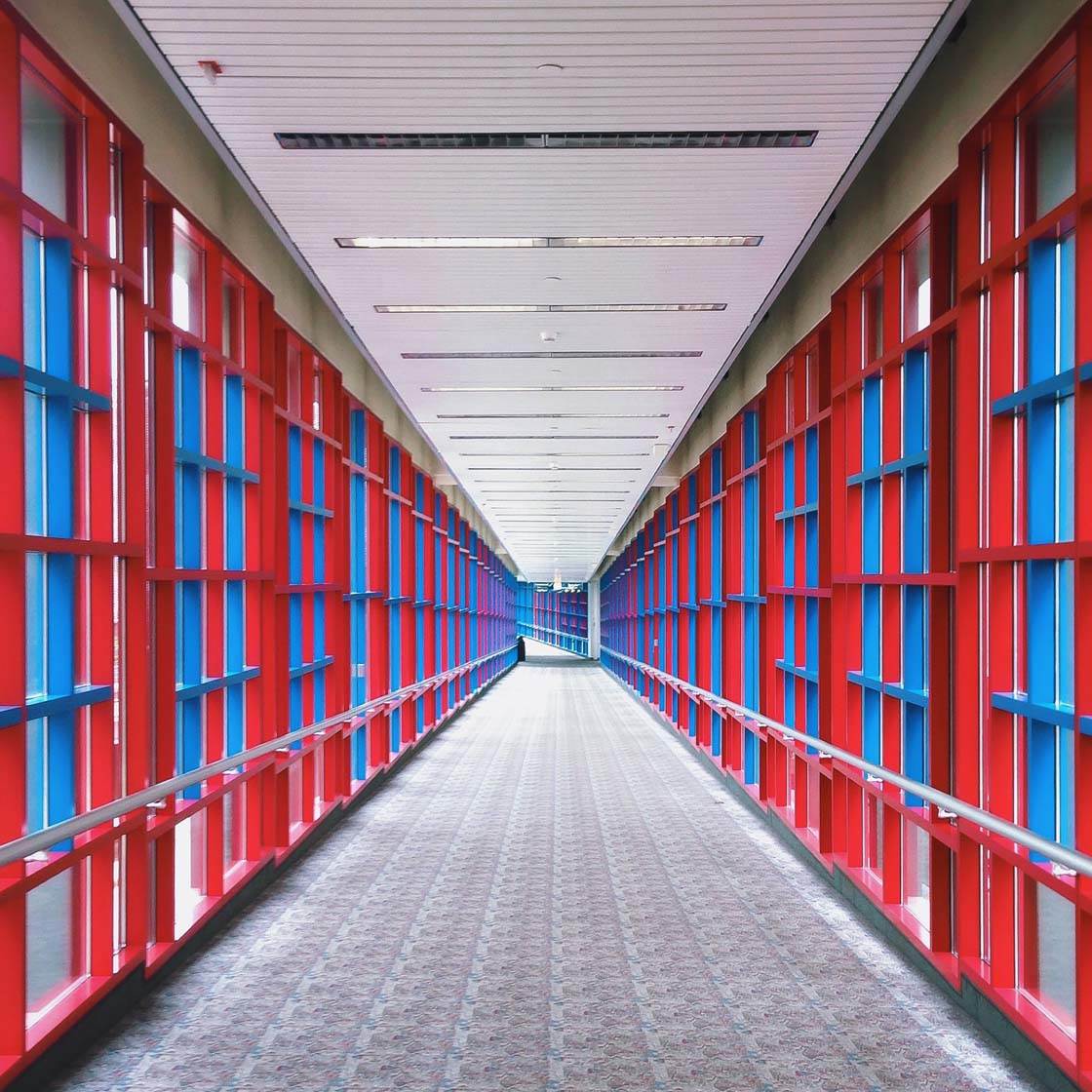
Inside buildings, look for interesting corridors or stairwells that feature great perspective shots using lines. Lines can be straight like the corridor in the example above, or curved like the spiral staircase shown below.
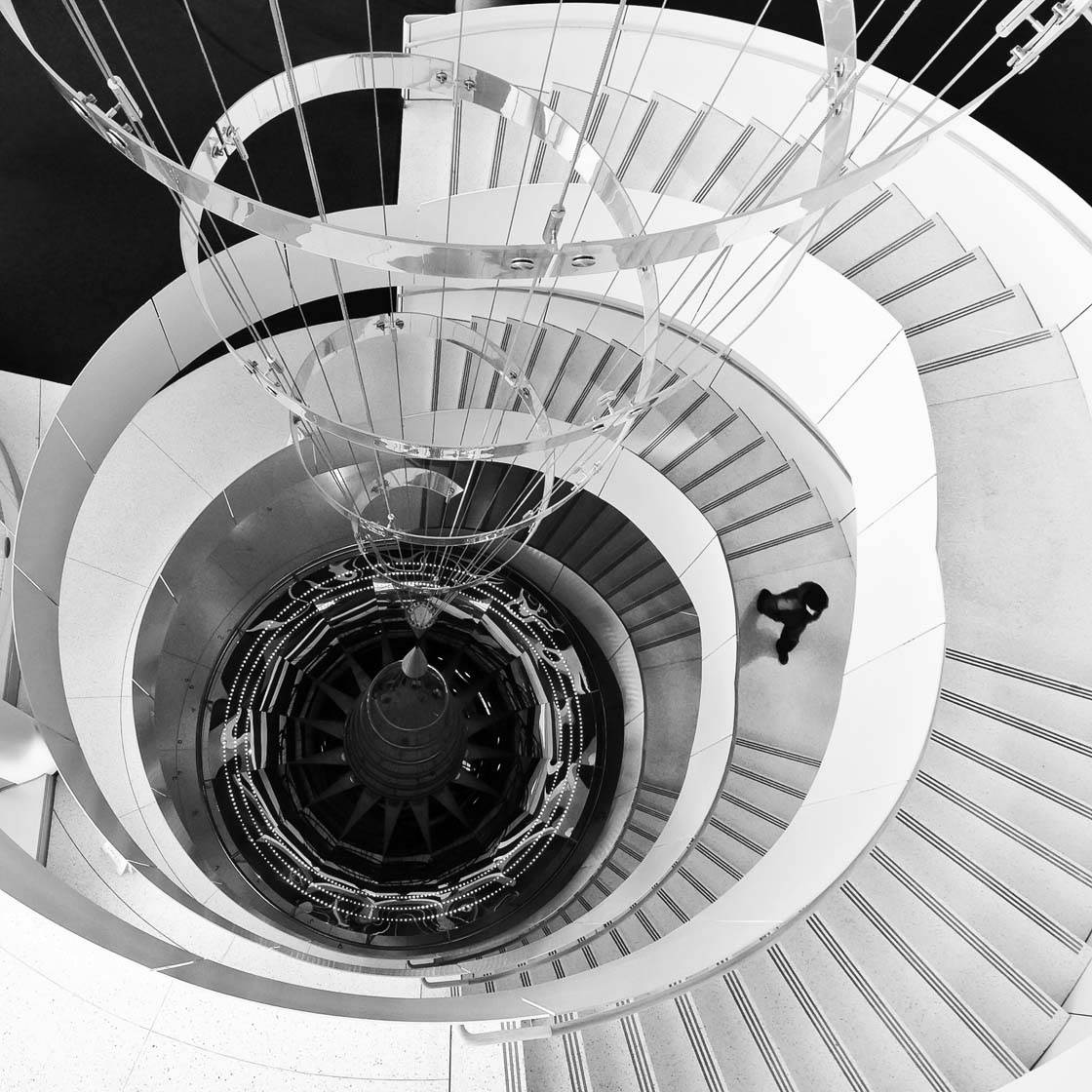
Leading lines can also be things like shadows as shown in the example below. Any line in the scene that draws your eye into the picture can be used as a leading line in your architecture photos.
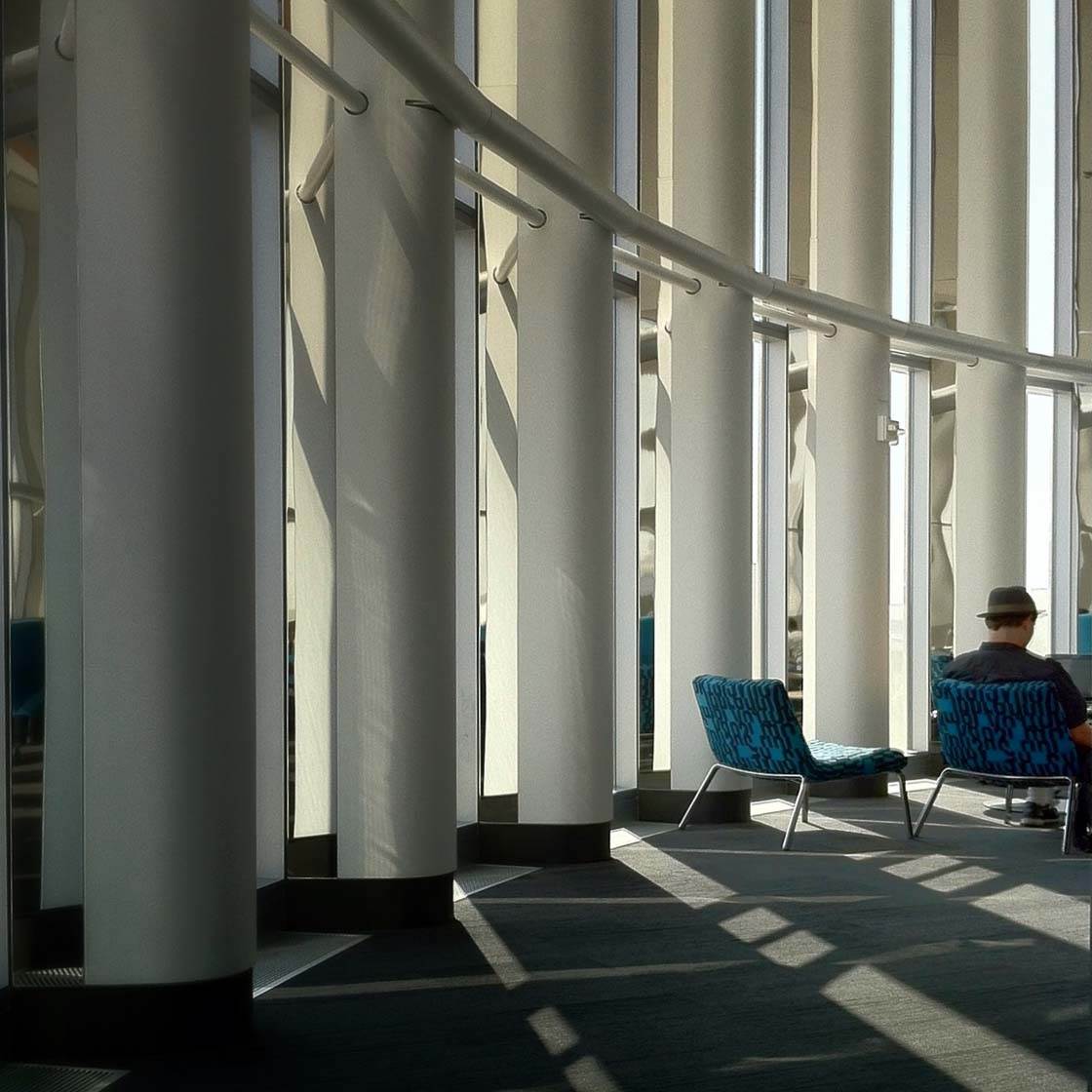
5. Look For Symmetry
Symmetry makes for an engaging composition in photography, and architecture is one of the best places to create symmetrical mirror-image shots.

Because of the way that buildings and bridges are built, they will usually have strong symmetrical elements. For example, the main facade of a structure, the lobby of a large building, or a long corridor with pillars or doors on either side.
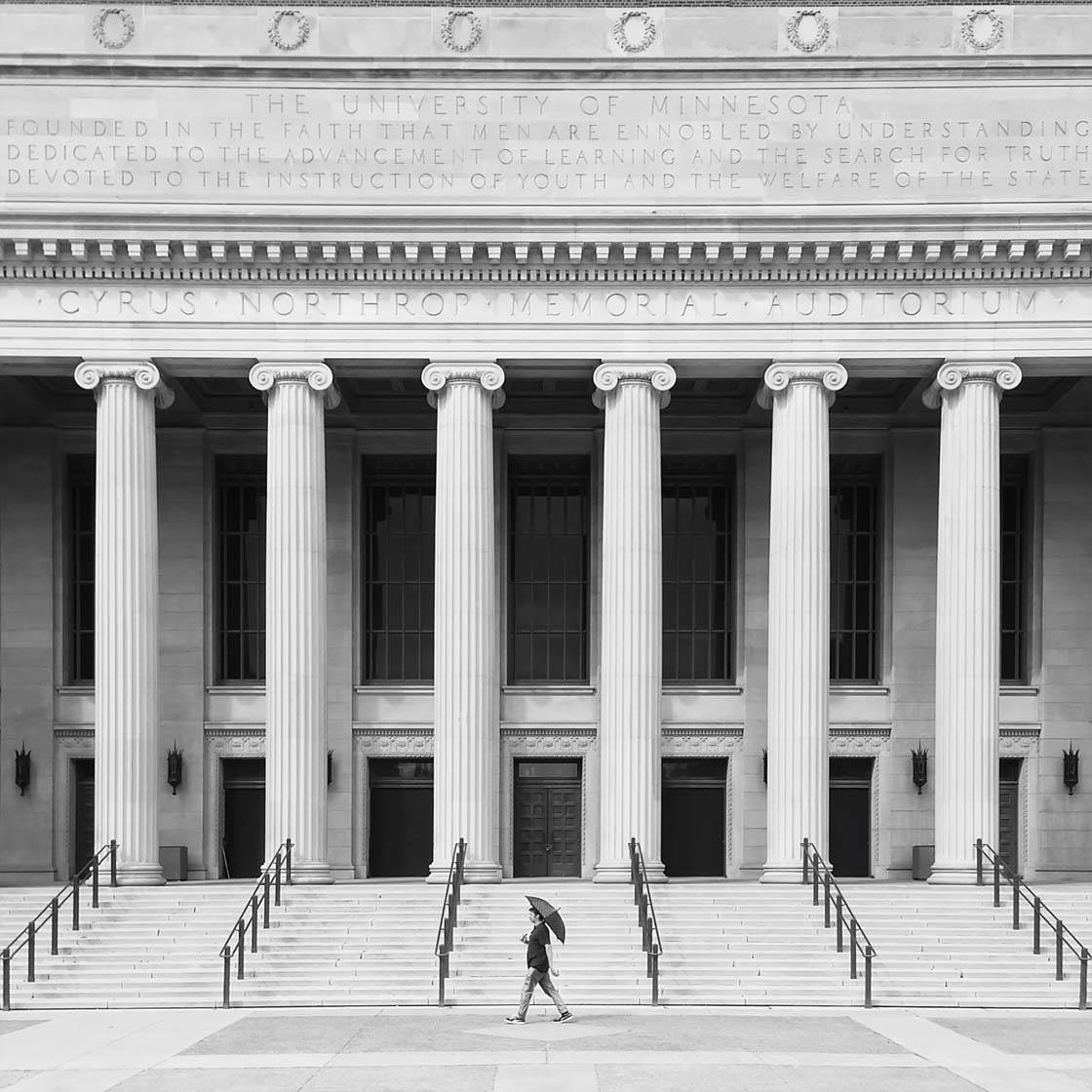
To use the building’s symmetry as a strong compositional element, ensure you position the line of symmetry perfectly central.

This means standing in the middle of the building or corridor and keeping your photo level. Switch the gridlines on in your Camera app to help you achieve this (Settings > Photos & Camera > Grid).
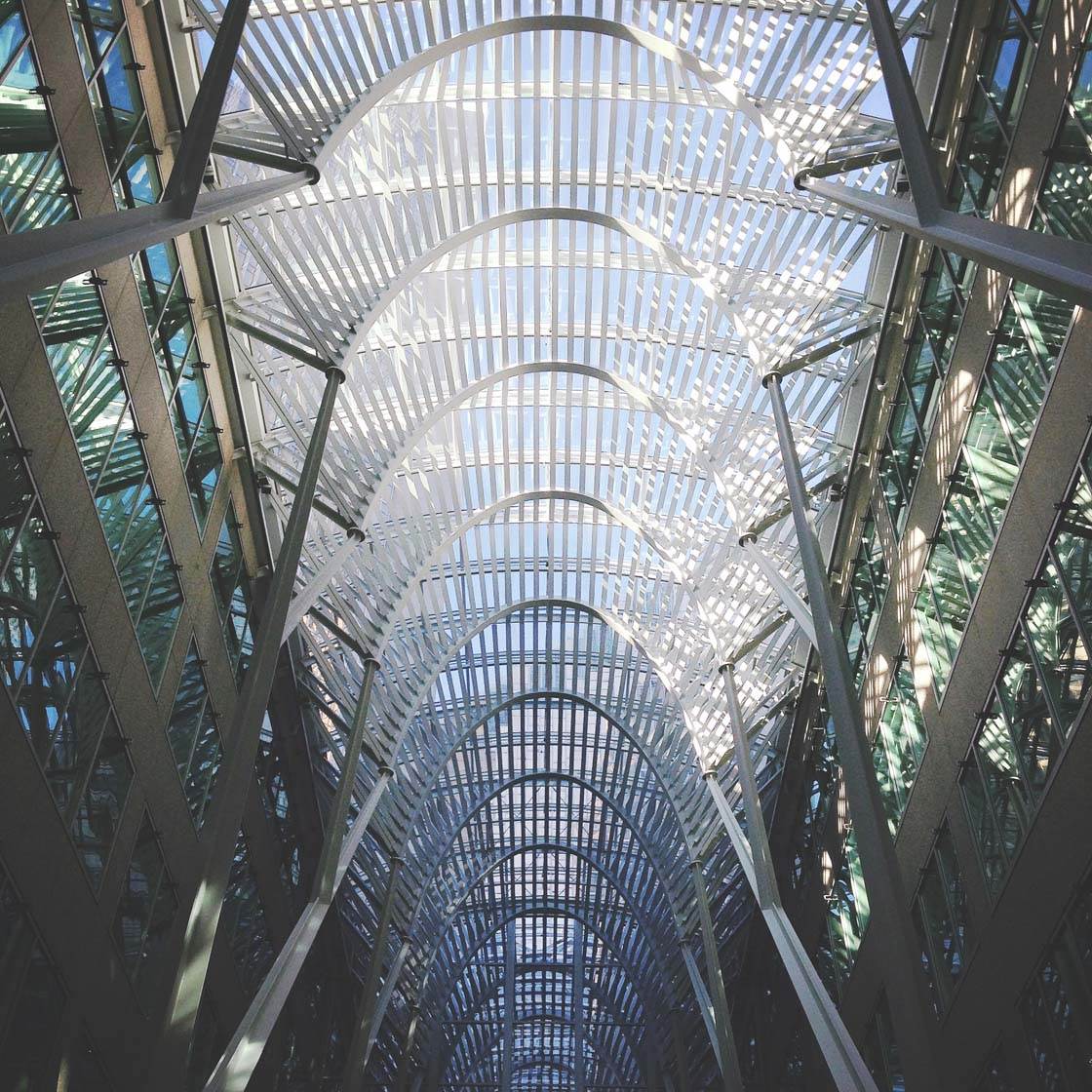
6. Fix Perspective Problems
Often when we shoot architectural photos we have to tip our phones back to get more of the building in the frame. This will create “keystoning” where the building’s vertical lines appear at an angle, instead of being straight up and down.
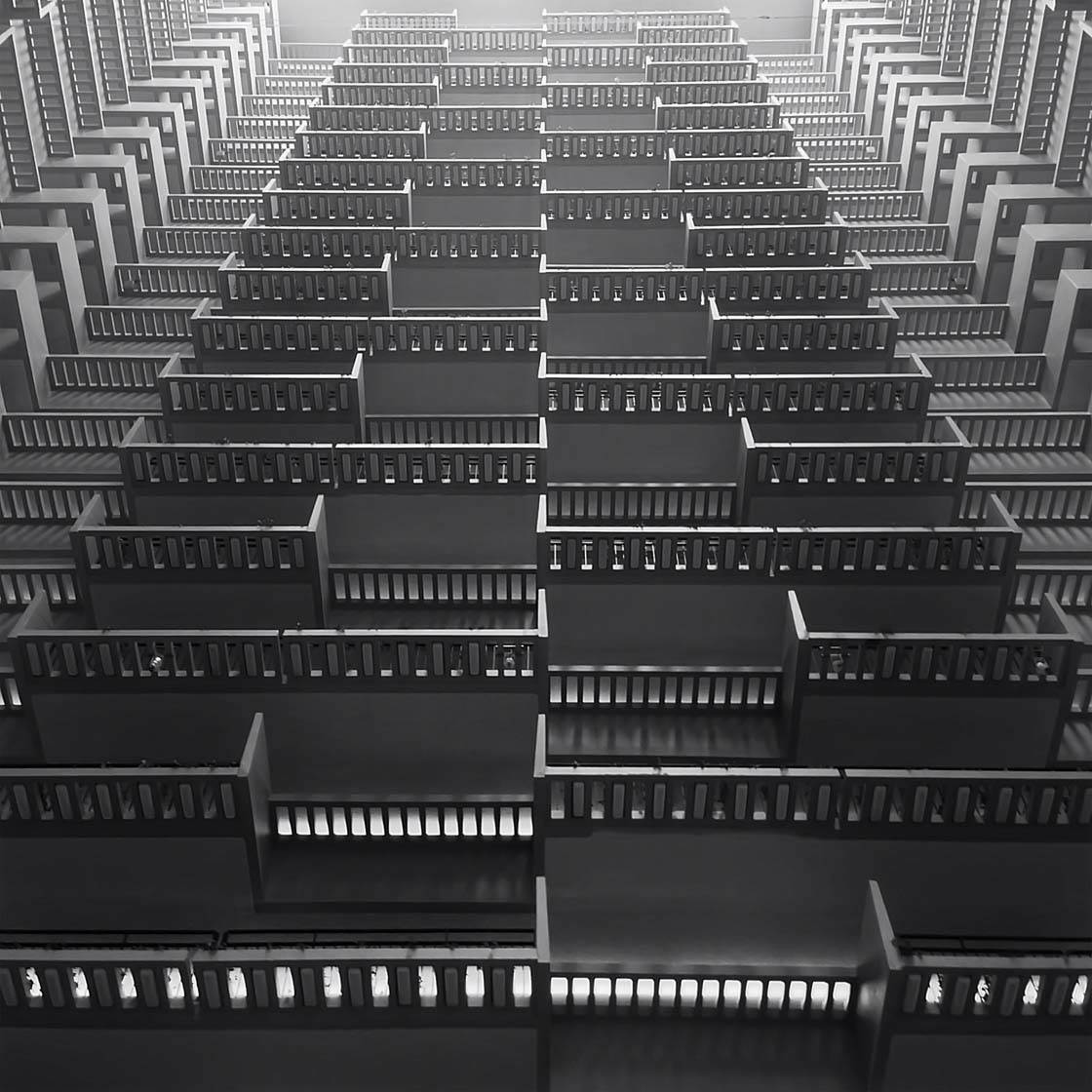
A classic example is when you shoot a tall building from ground level, and the lines converge together towards the top of the photo.
Sometimes this angling works well as it emphasizes the height of the building, but in many cases you might want to avoid it so that your vertical lines appear perfectly straight.
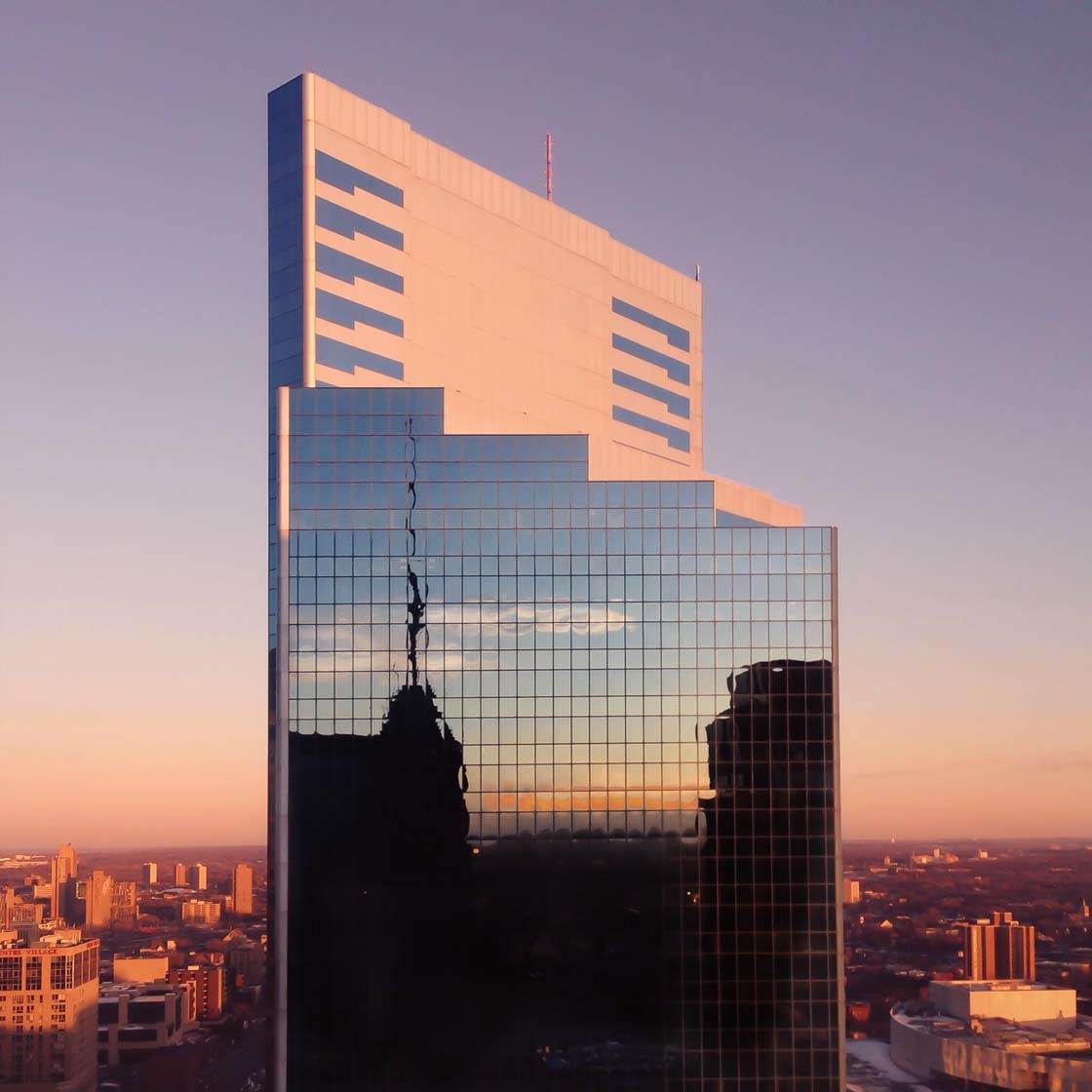
The best option is to avoid the perspective problems in the first place, but the only way you can do this is to get your iPhone high enough (and level with the subject) to avoid the keystoning effect.
This can often be difficult or impossible, so the next best option is to use an app like SKRWT to fix any problems with perspective in post-processing.
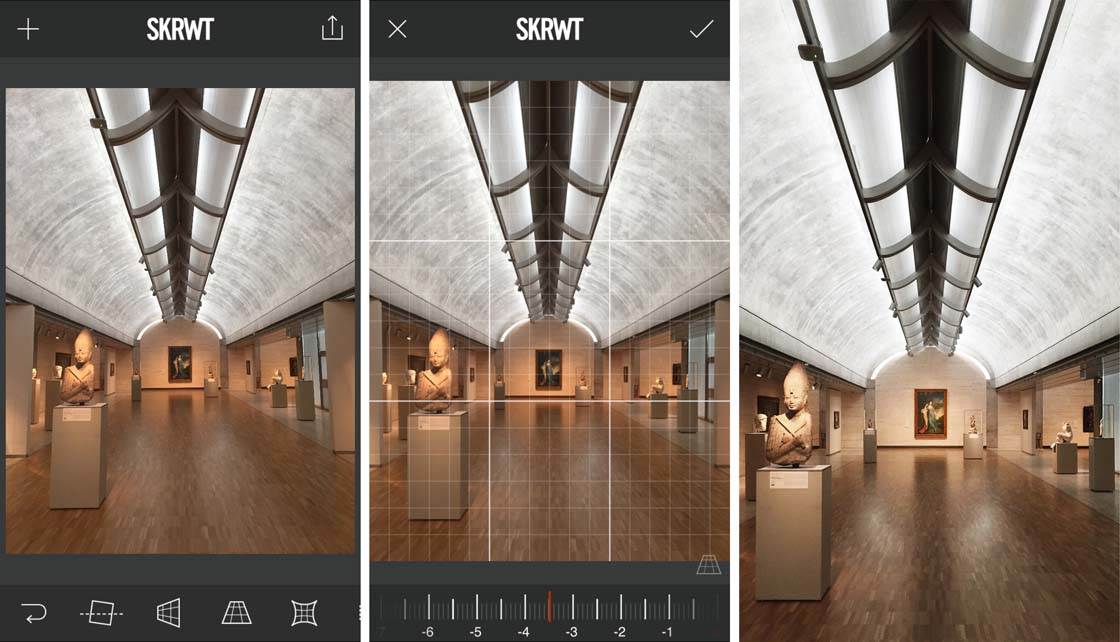
SKRWT is an amazing app that produces great results. For step-by-step instructions on how to use this app, check out our in-depth tutorial on how to correct perspective with SKRWT.
7. Capture Small Details
Often when we think of architectural photography we imagine big buildings and enormous interior spaces. But for a fresh idea, try heading in the opposite direction and shooting the small details of buildings.
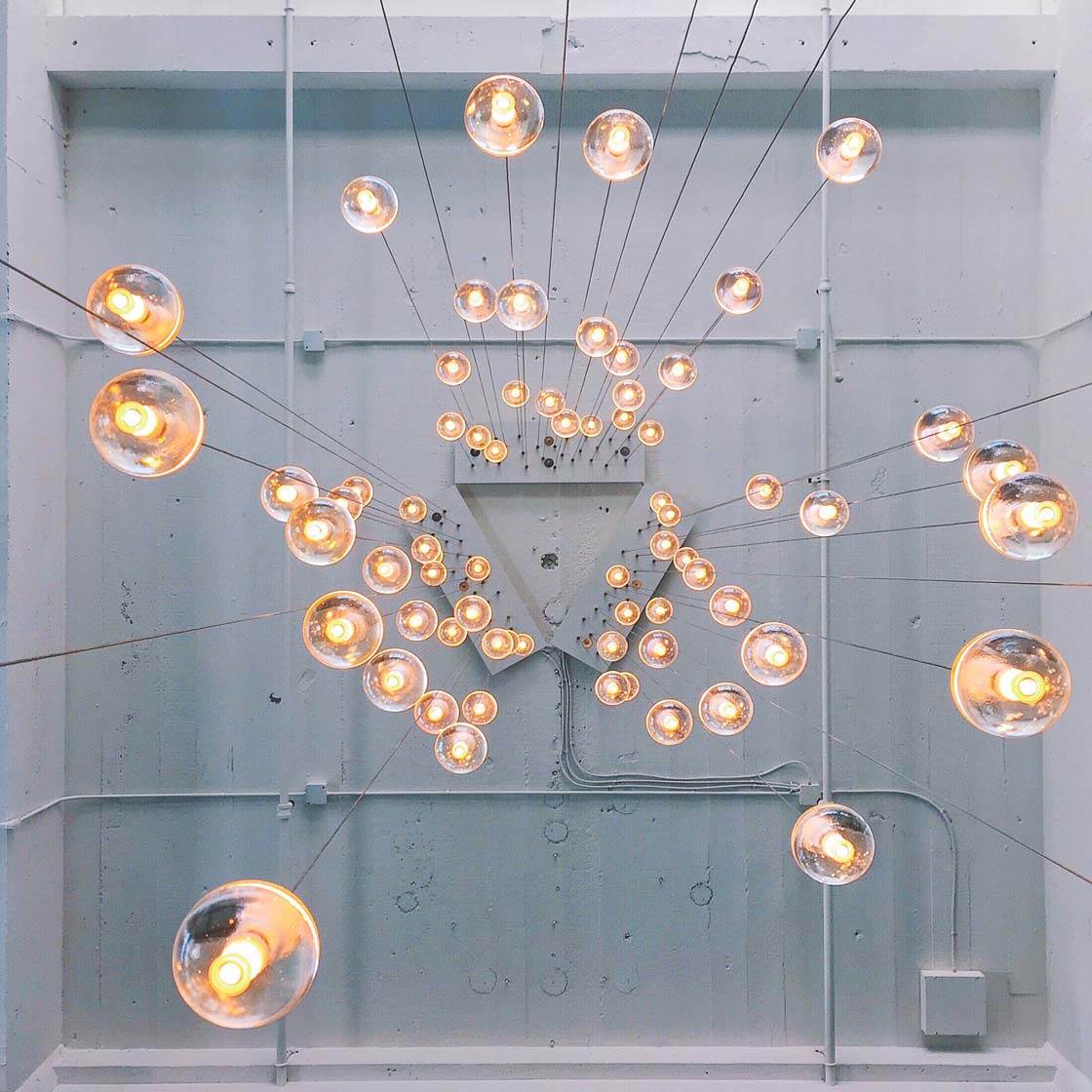
Close up photos of a door knob, light fixture or other interesting details can often make for a striking photo that conveys some of the finer details of a building’s architecture to your viewers.
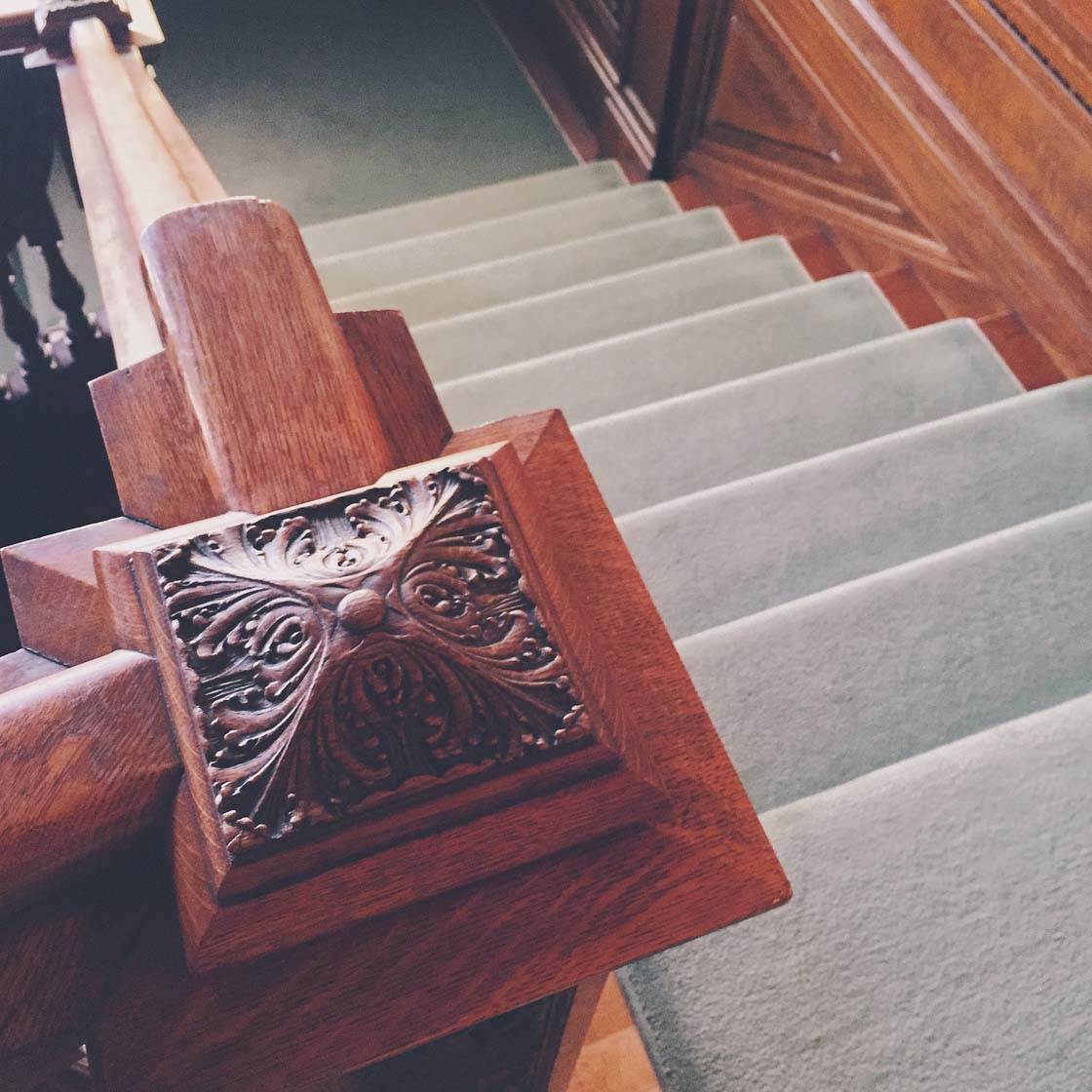
Look for ornate door handles, hinges and stair railings. Maybe an interesting piece of furniture such as a colorful chair might catch your eye.
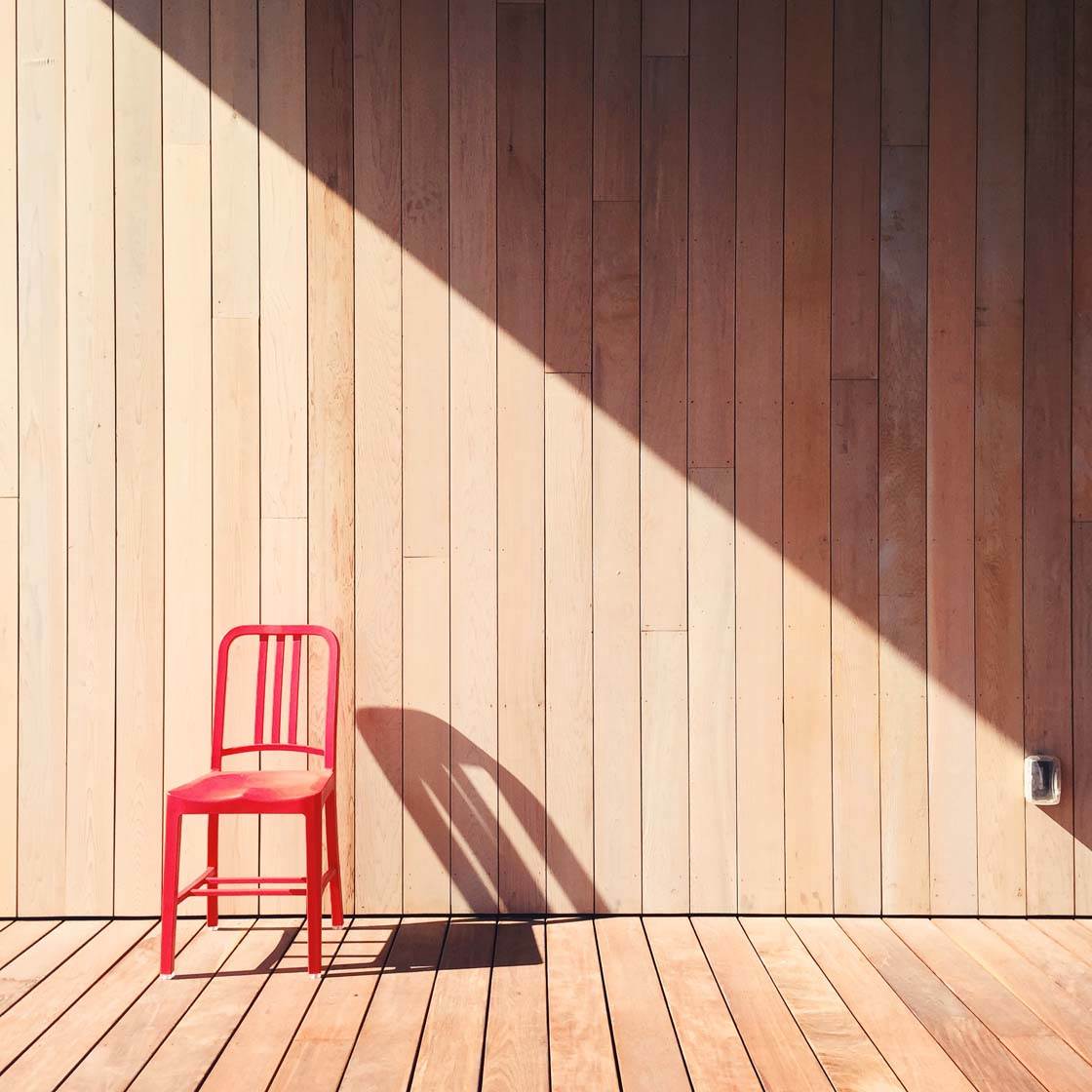
Keep your eye out for textures and patterns that you could use to fill your frame. Peeling paint, rough concrete, tiles, wallpaper or frosted glass are all great subjects for this kind of photography.
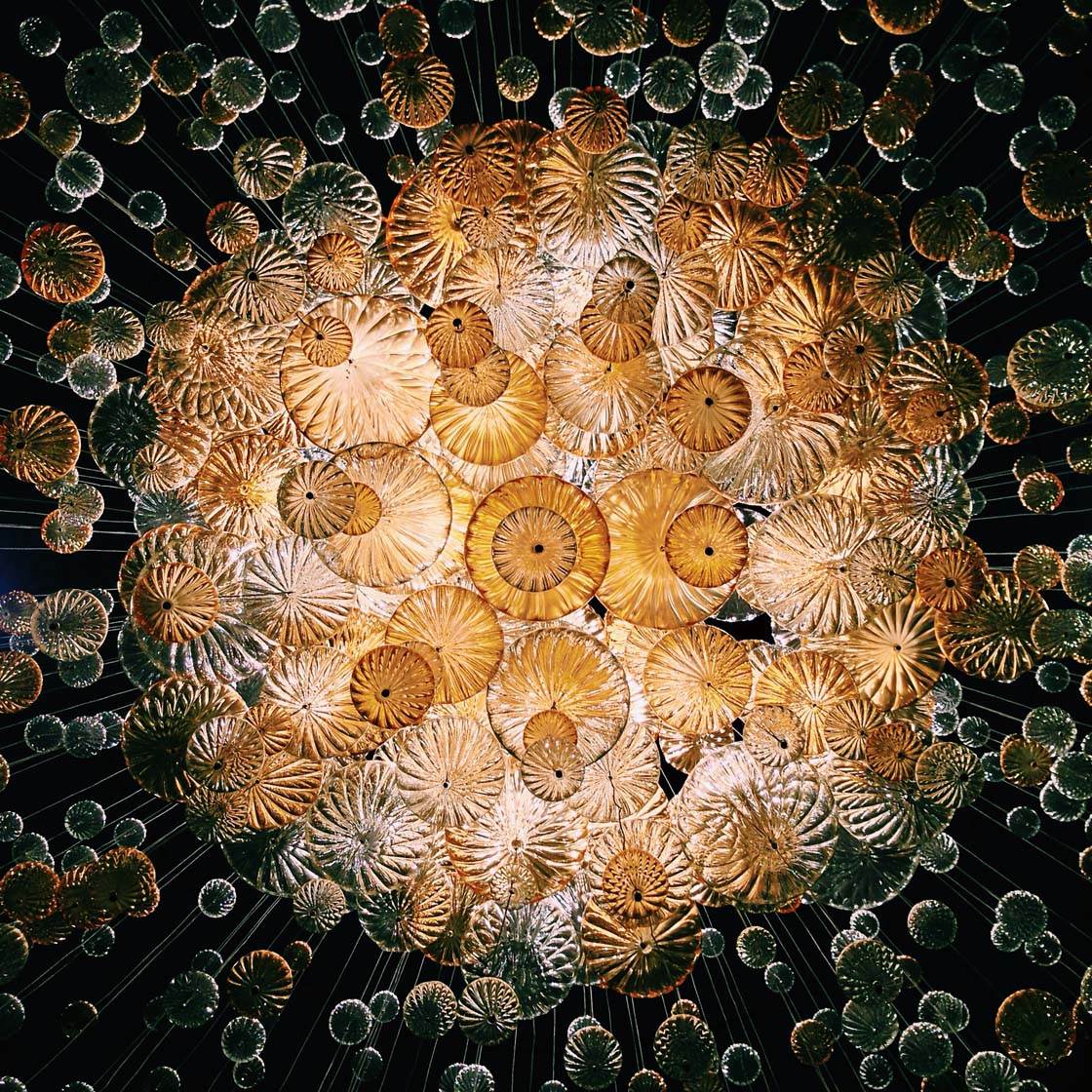
Notice how different corners of an interior space come together, and how shadows appear at different times of the day. Capturing these small details will help to tell a more complete story of the building you’re photographing.
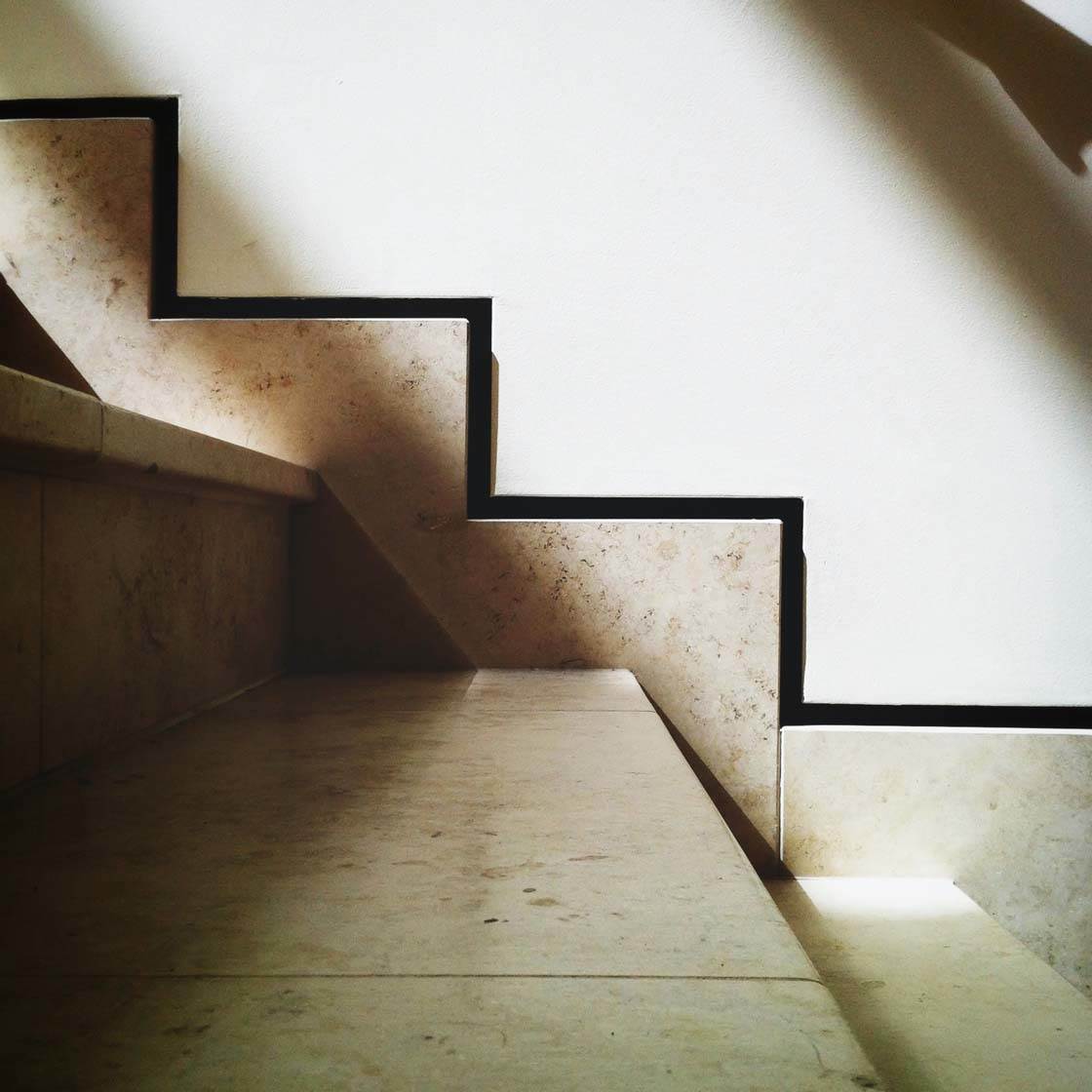
8. Create Abstracts
Because buildings are usually built with a regular pattern, they’re great candidates for abstract shots. The aim of an abstract photo is to capture the essence of your subject without revealing it as a whole.
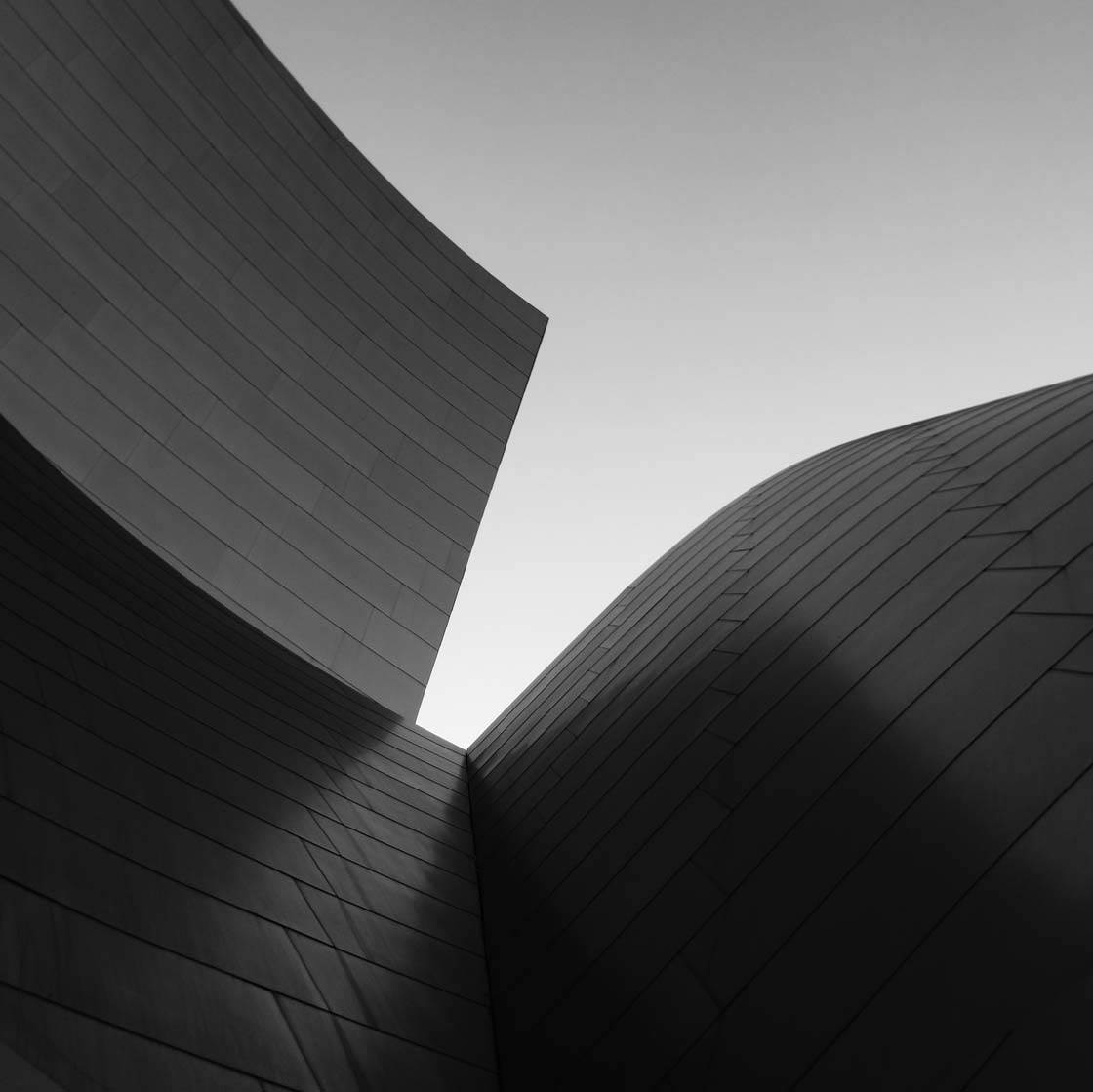
Abstract shots are more about capturing shapes, patterns and textures, so that these elements become the main focus of the photo, rather than the subject itself.
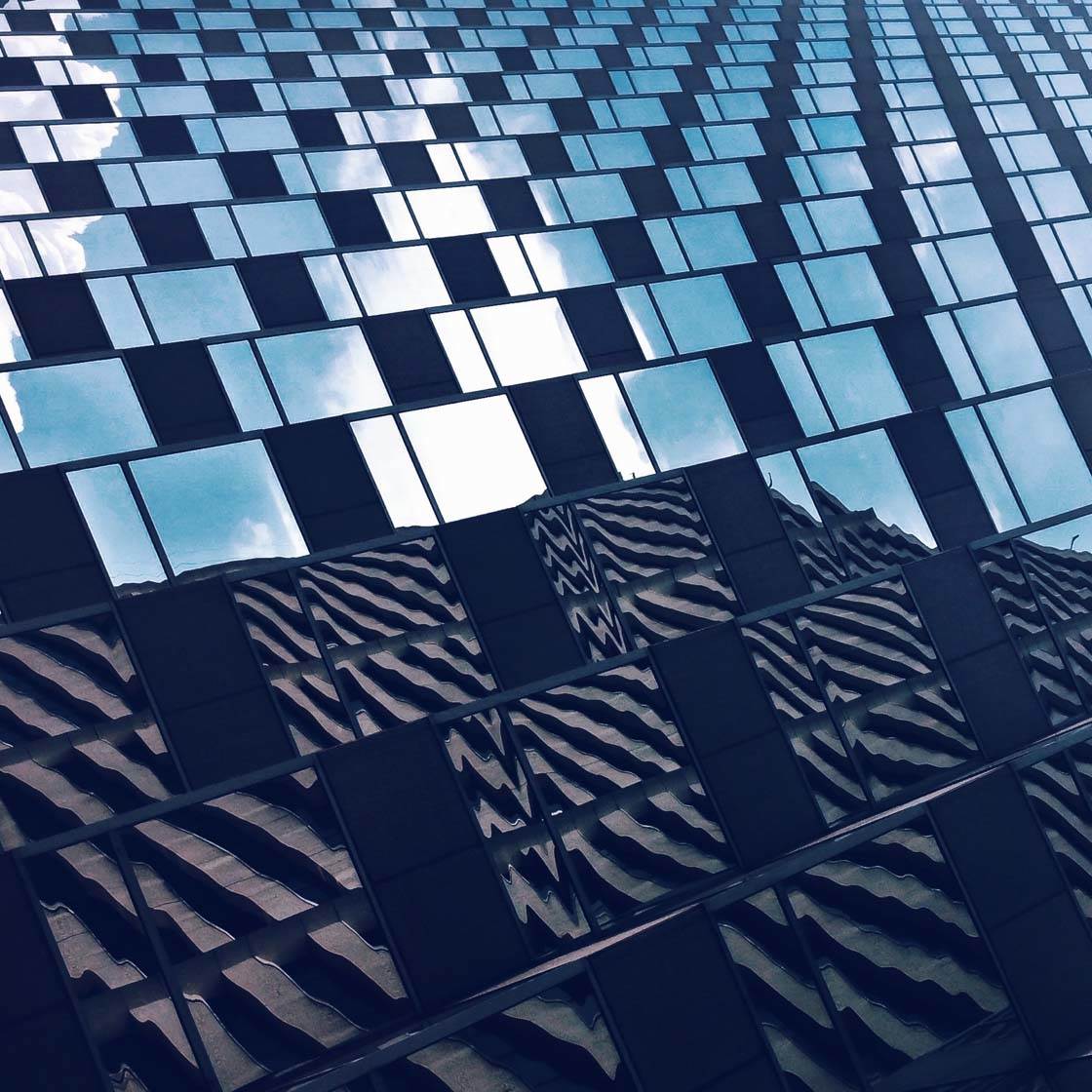
Look for repeating patterns in the building’s facade and see if you can frame it in such a way that the pattern jumps out at you, so that you’re not exactly sure what you’re looking at initially.
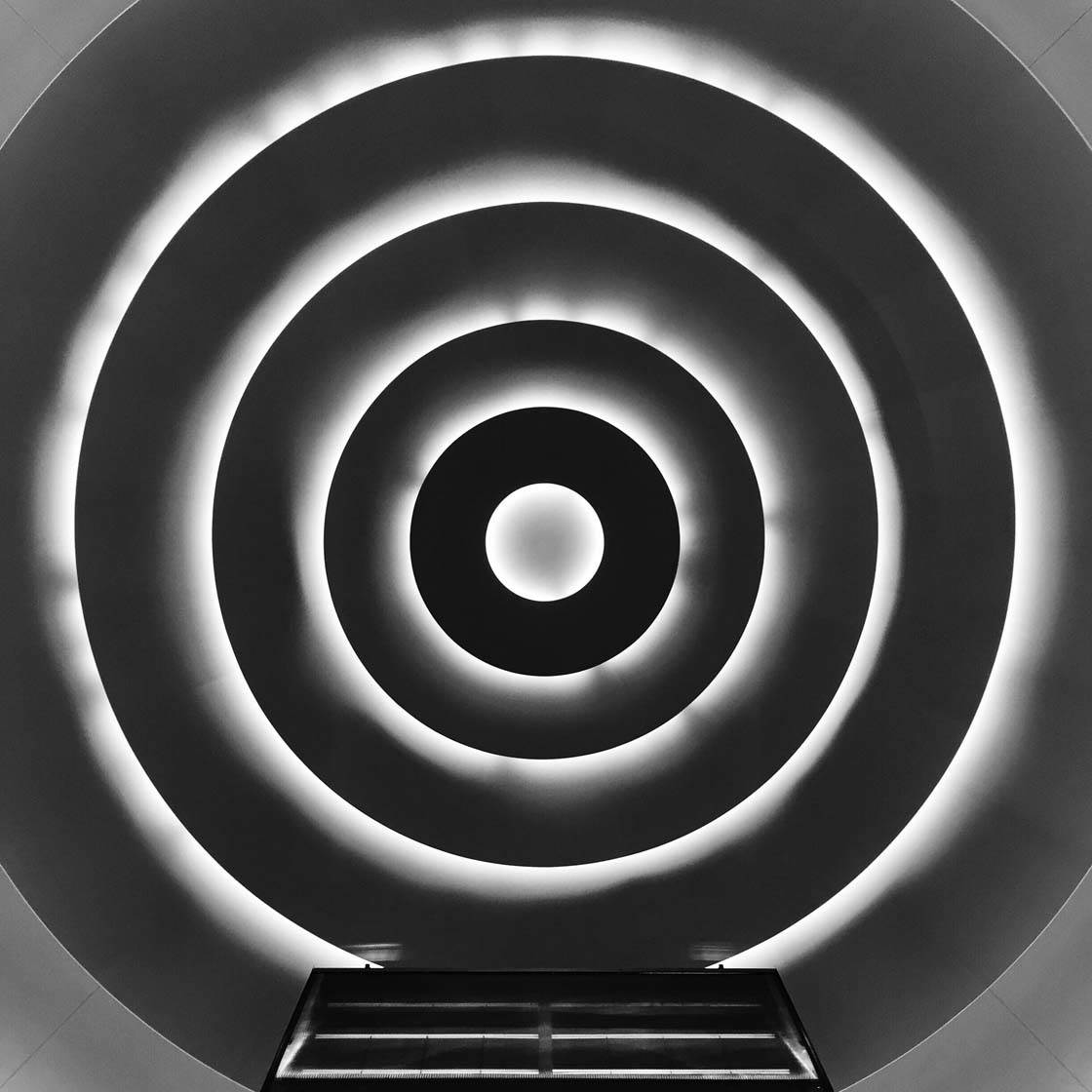
Filling the entire frame with the pattern is often the best way to create an abstract image. Often it’s more important to eliminate certain details from the frame in order to create a great abstract architectural shot.
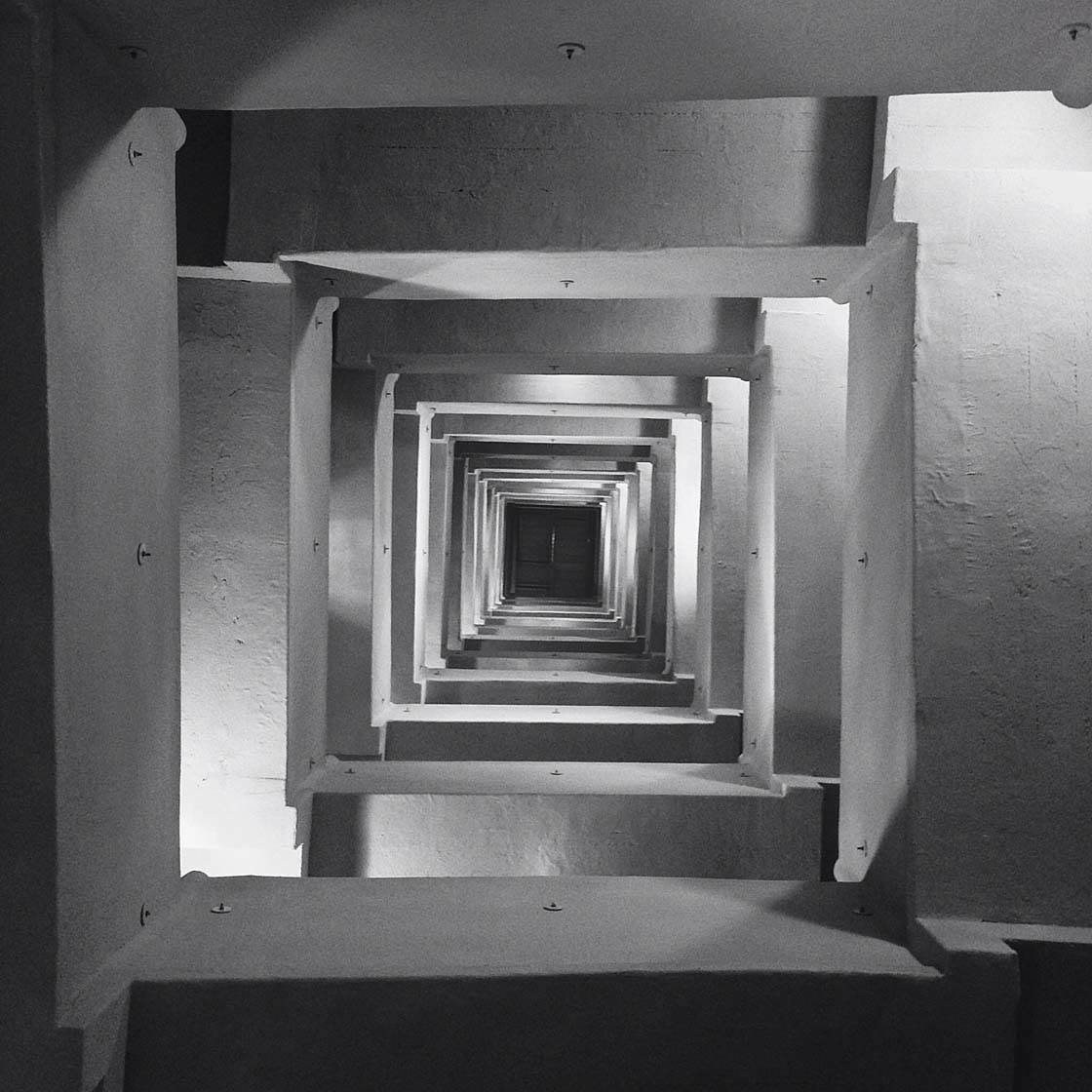
Shapes such as circles, squares and triangles make really powerful abstracts, and you’re sure to find plenty of strong shapes in architecture. Train your eye to notice shapes in buildings wherever you go.
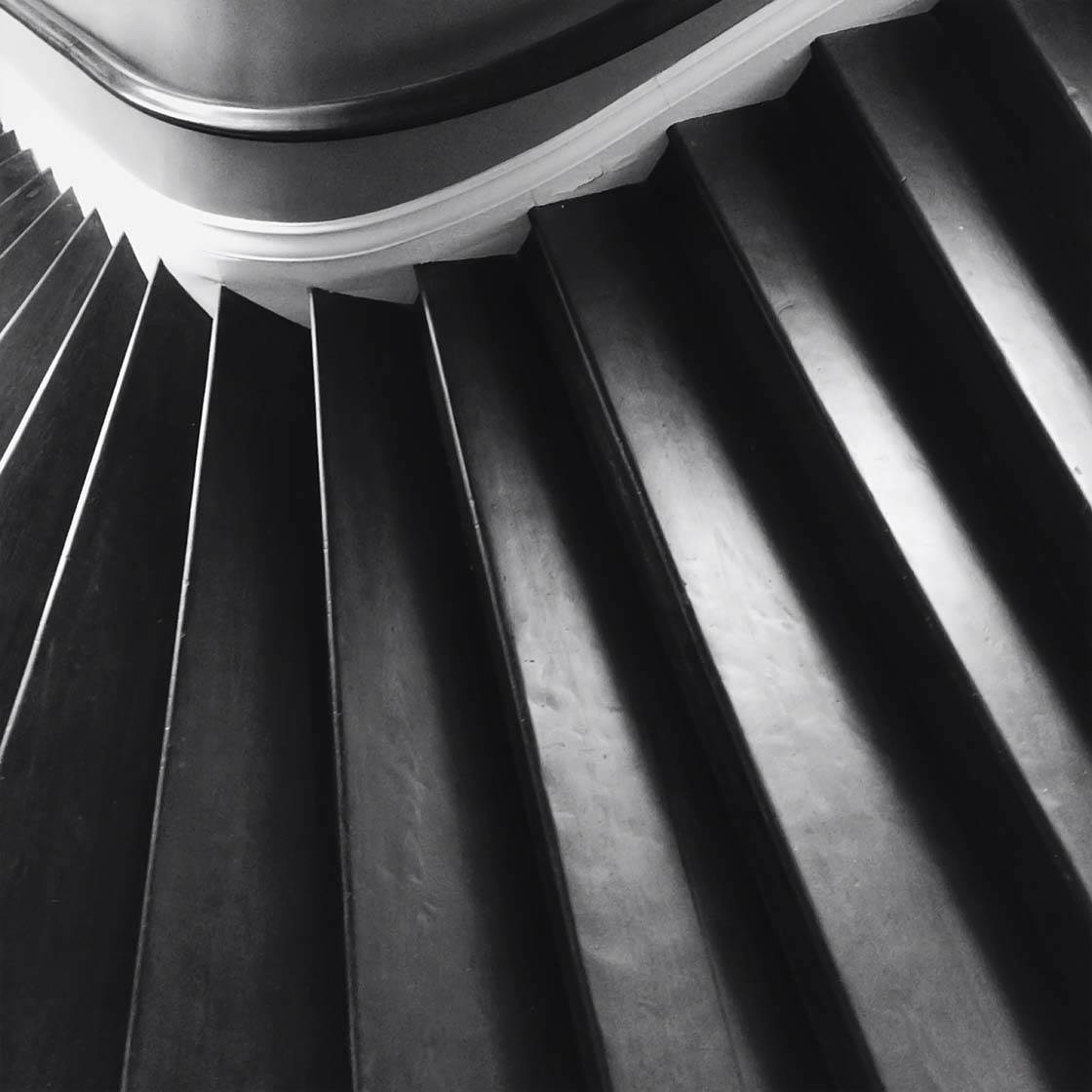
Lines are also great for creating wonderful abstracts. Stairs are the perfect place to find lots of repeating lines to produce this kind of effect.
9. Capture Reflections & Shadows
Reflections and shadows are a photographer’s best friend because they can make a photo more intriguing and interesting to the eye.
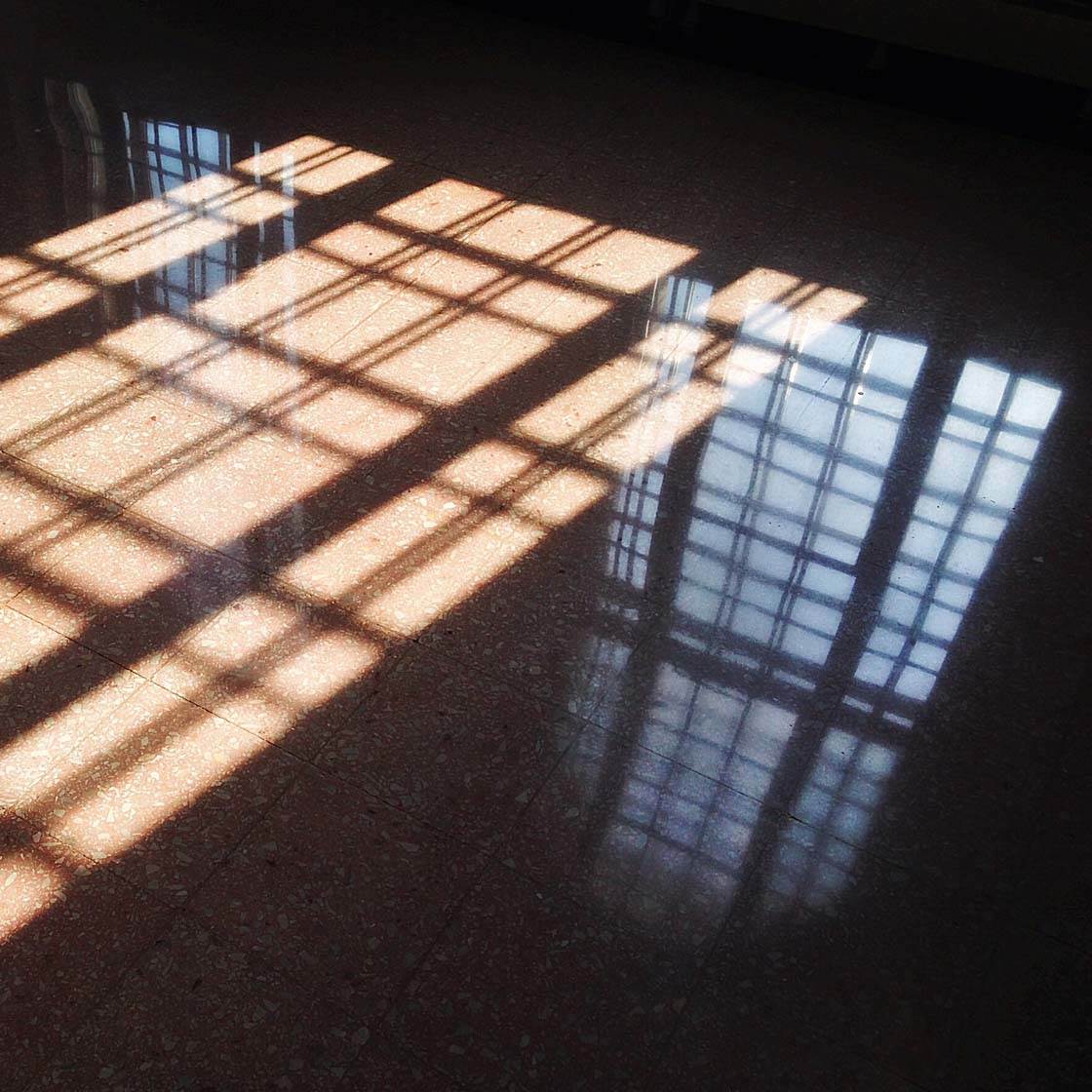
Architecture can make for some amazing photos simply by paying attention to the reflections and shadows inside and outside the building.
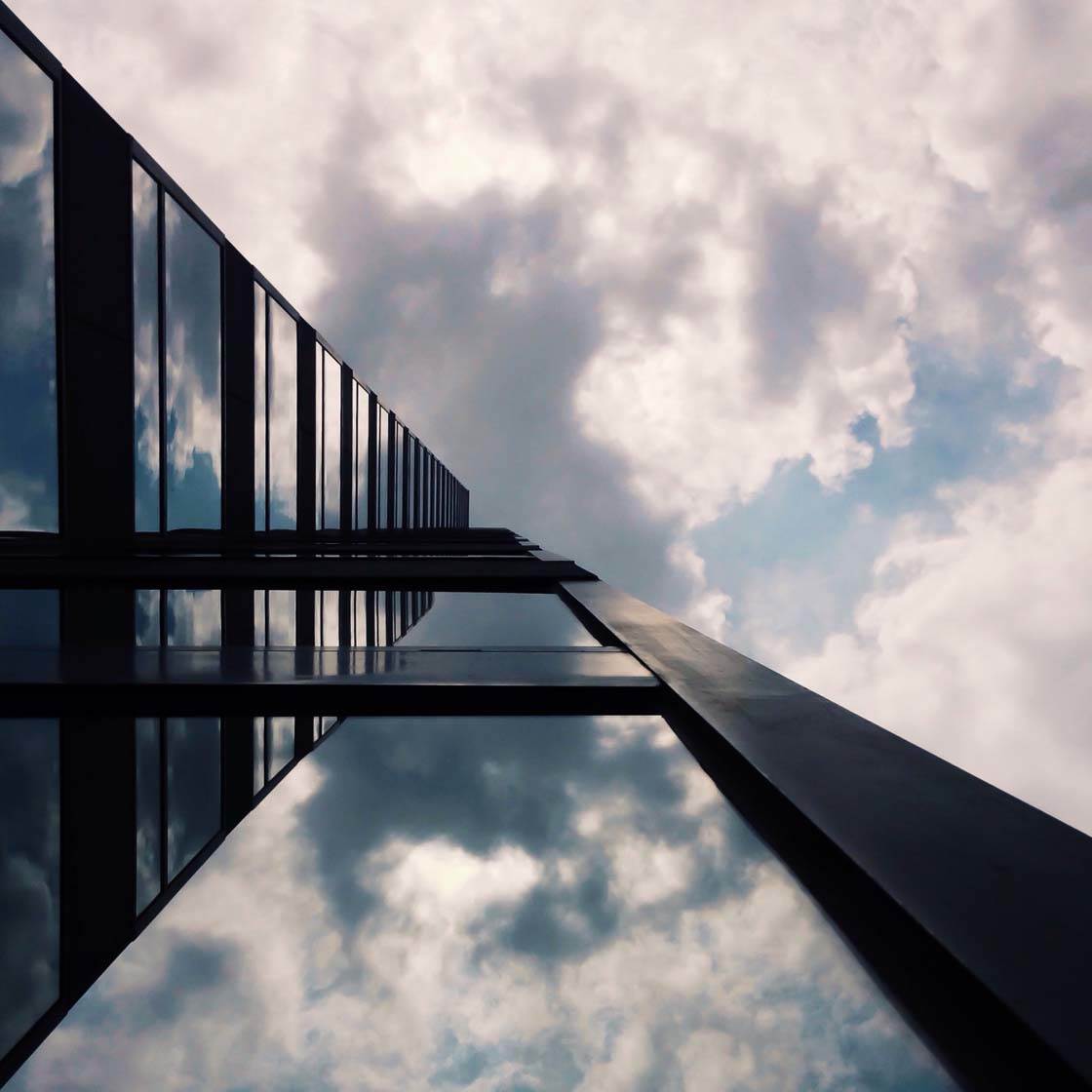
Look for interesting reflections in a shiny metallic building. Or pay attention to how the windows of a building reflect the sky, or even another building across the street.
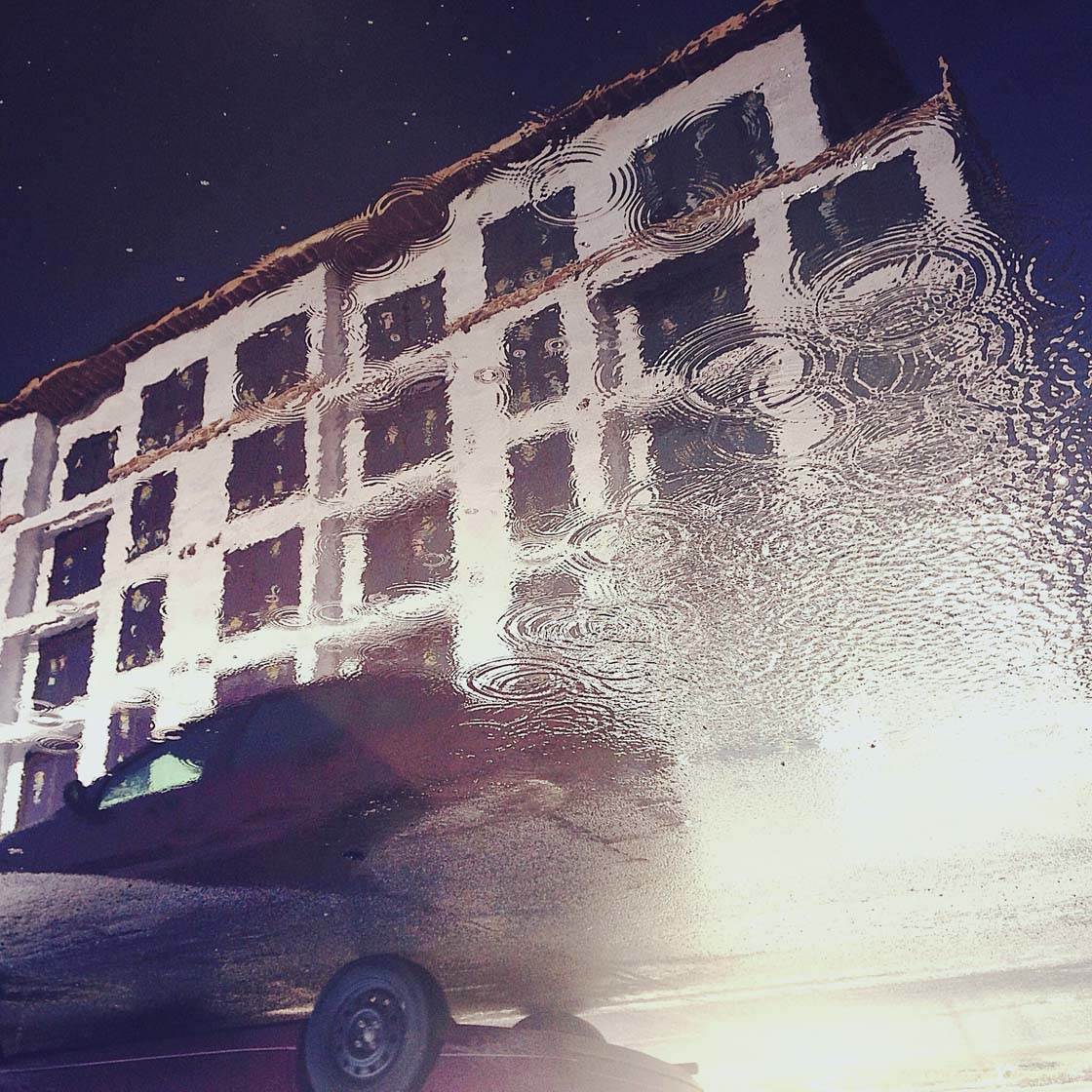
In wet weather, look out for reflections of buildings in puddles on the sidewalk. Puddlegrams, as they are often referred to, are a really creative way of capturing a building in a unique way.
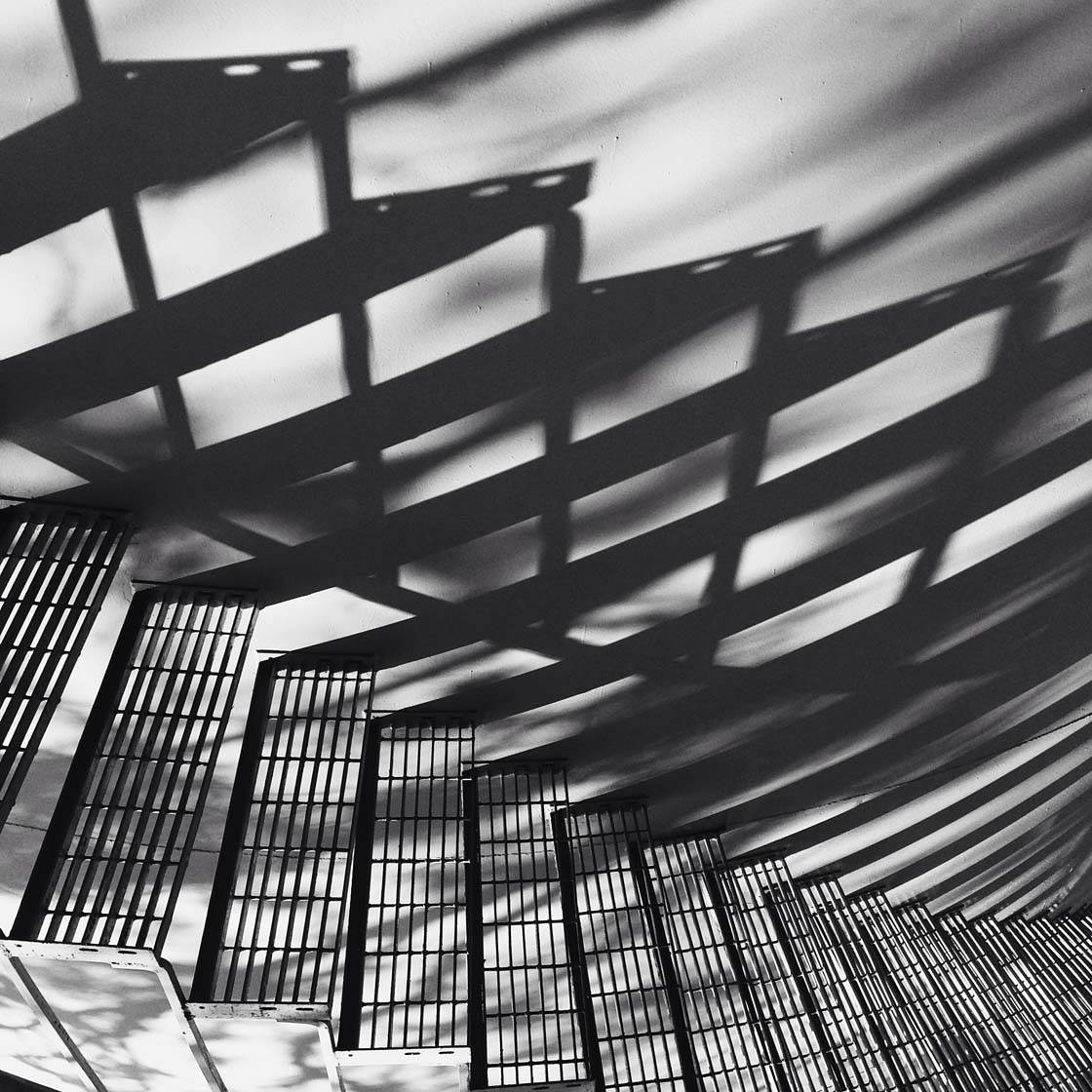
You should also look out for shadows in your scene. They can add more visual interest to your photo, creating amazing abstract patterns in your image.
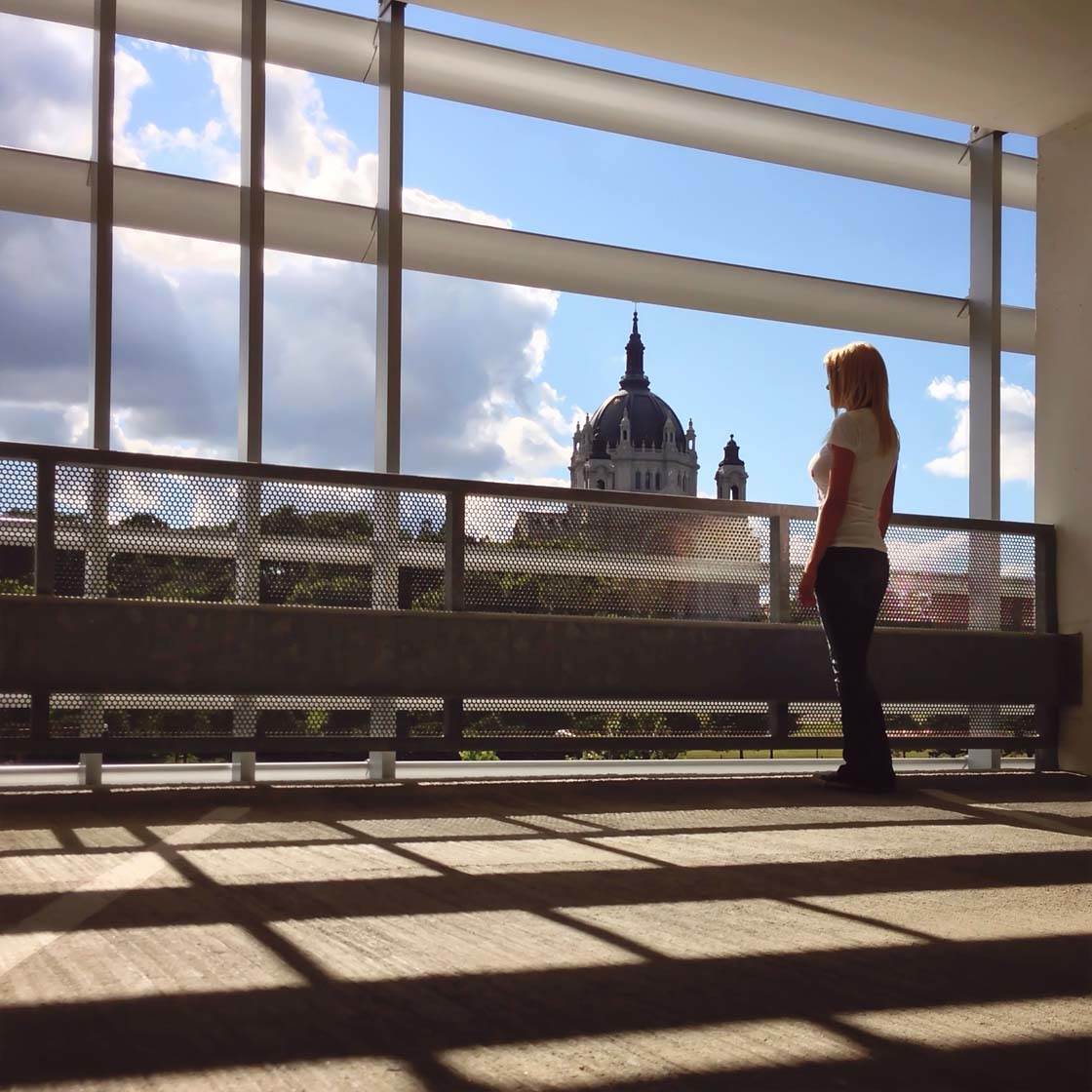
Shadows will appear whenever you have a strong directional light source such as an indoor light fixture or sunlight streaming through a building’s windows.
10. Include A Human Subject
Lastly, including a human subject in an architectural photo is a great way to make the image stronger. There are a number of reasons why this technique is particularly effective.
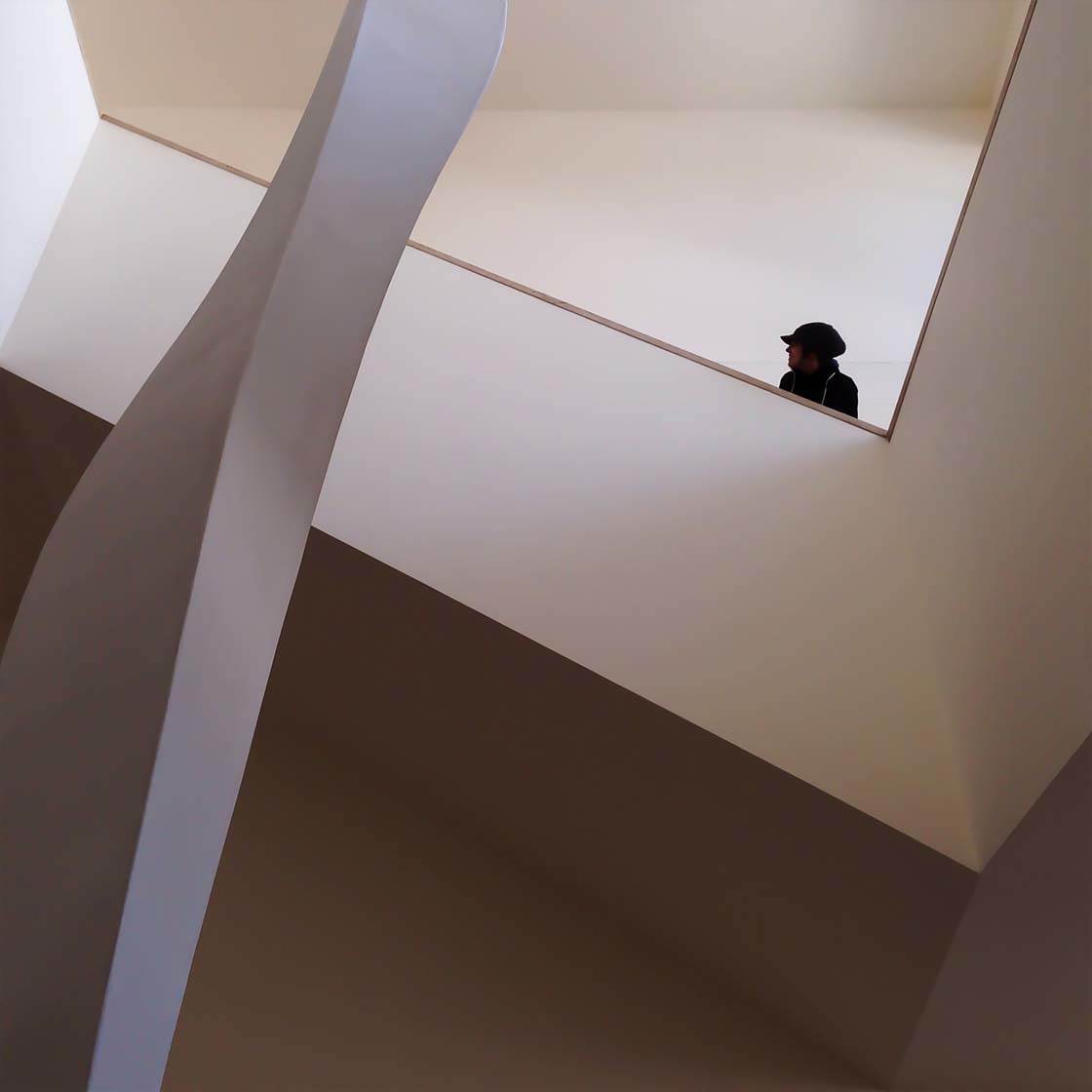
Firstly, while architecture can be stunning to look at, sometimes it lacks a strong focal point. A focal point draws the viewer to the image and gives them a place to rest their eye. An image without a focal point won’t keep the viewer’s attention for long.
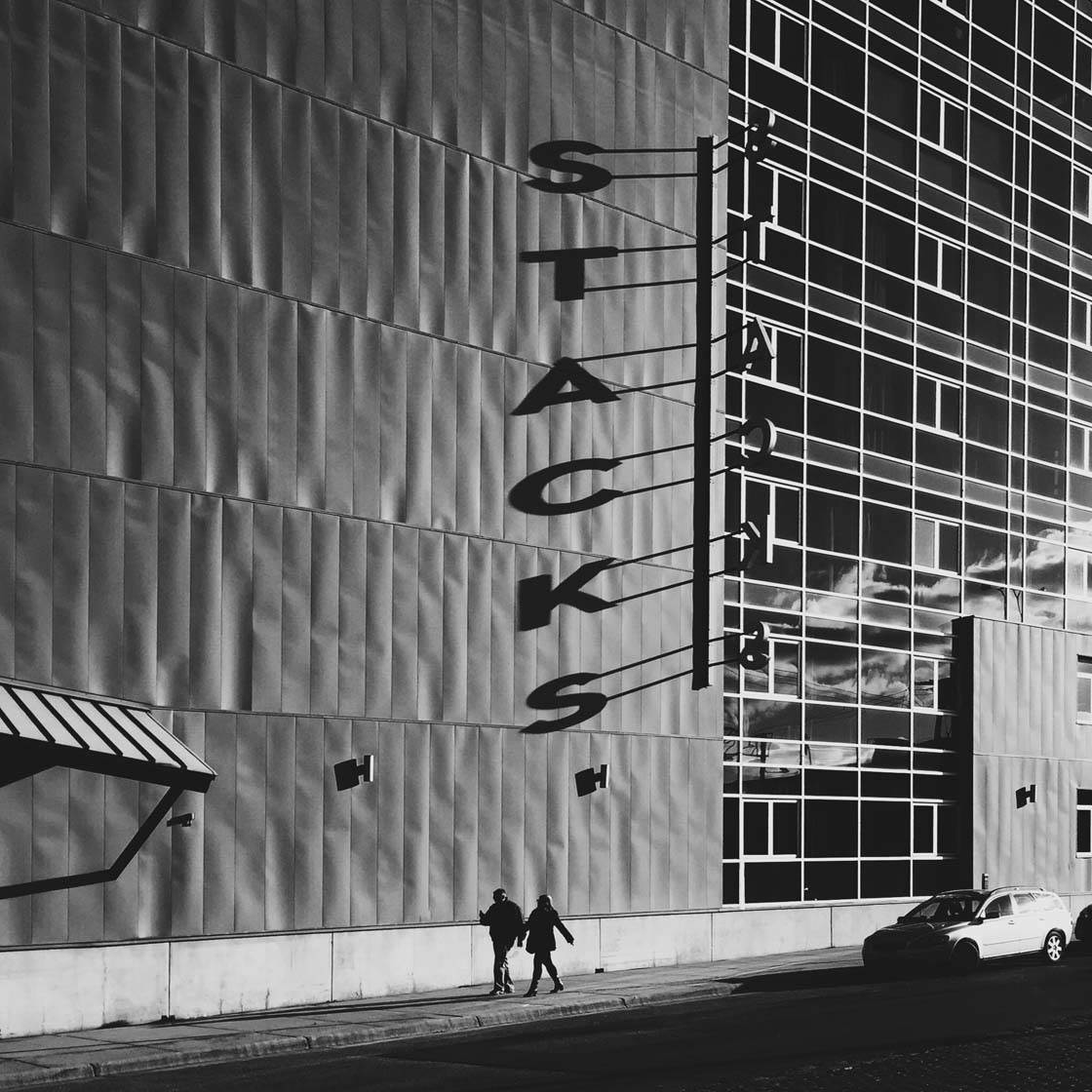
Having a person in the shot also gives the viewer a sense of scale, so they can see how big the architecture really is. This works especially well when your architectural subject is very large.
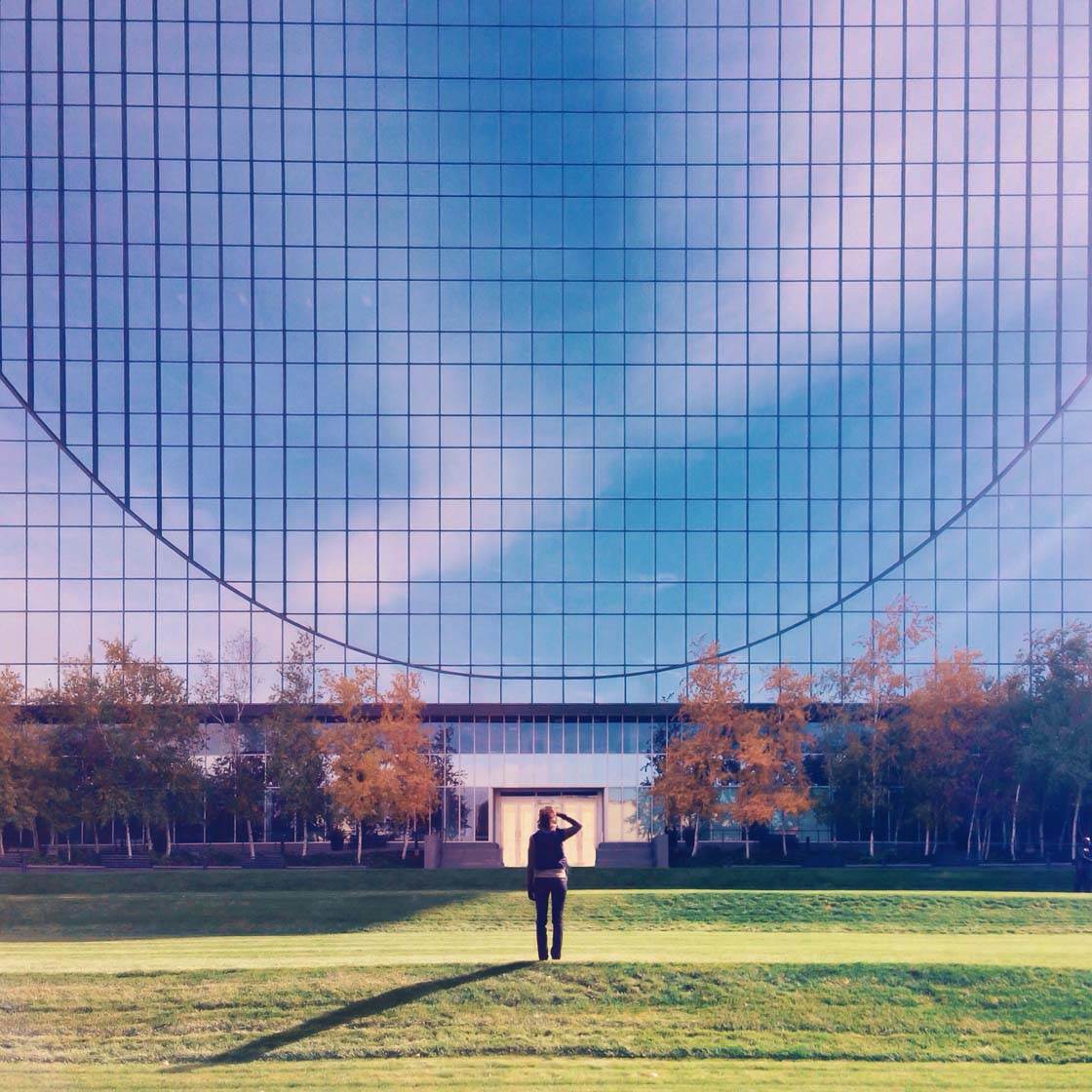
A tiny human figure can help convey how big and amazing the building or space actually is, giving your photo some extra punch.
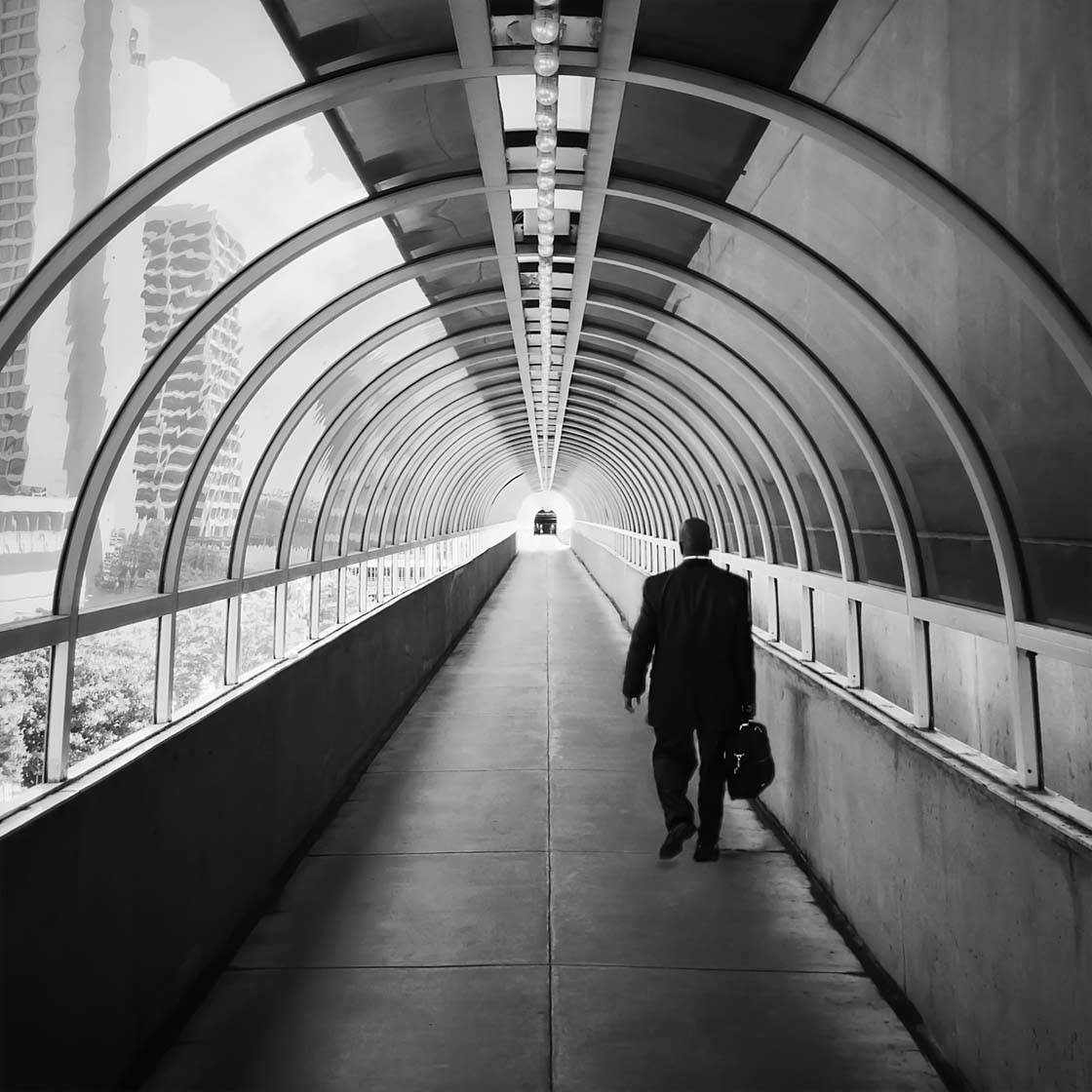
A person in the photo can also help tell a story about what’s happening, prompting your viewer to ask questions such as, “Where is that person going?” or “Why are they doing that?”
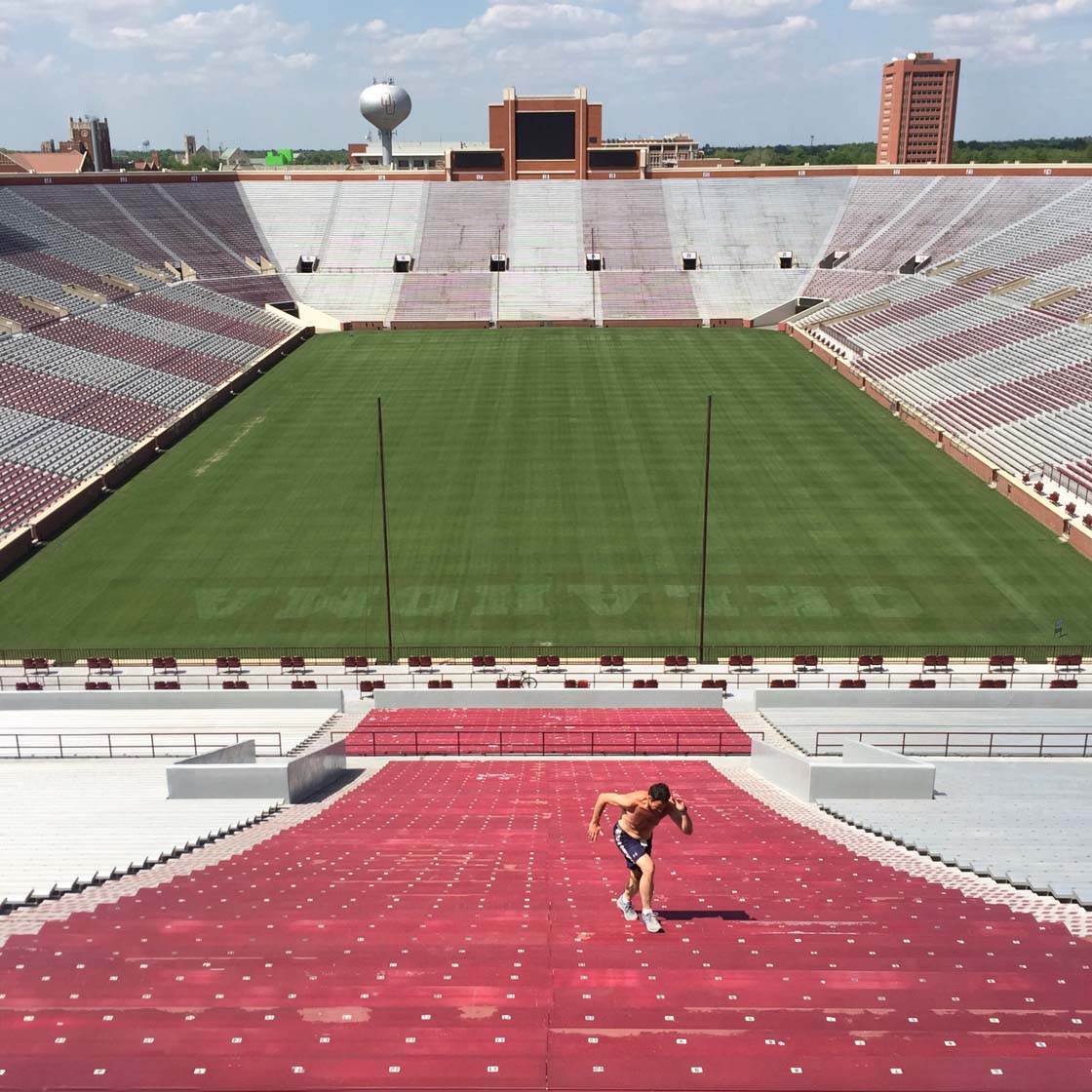
If your viewer is asking questions, it means that your photo is engaging and it’s evoking emotions or reactions, which is ultimately something we all want as photographers.
Conclusion
I hope this tutorial has helped you think about architecture in a new way. We see and use buildings every day, but we often overlook their amazing aesthetic qualities.
By thinking about architecture as a photographic subject, you’ll start to see details and angles that you didn’t notice before.
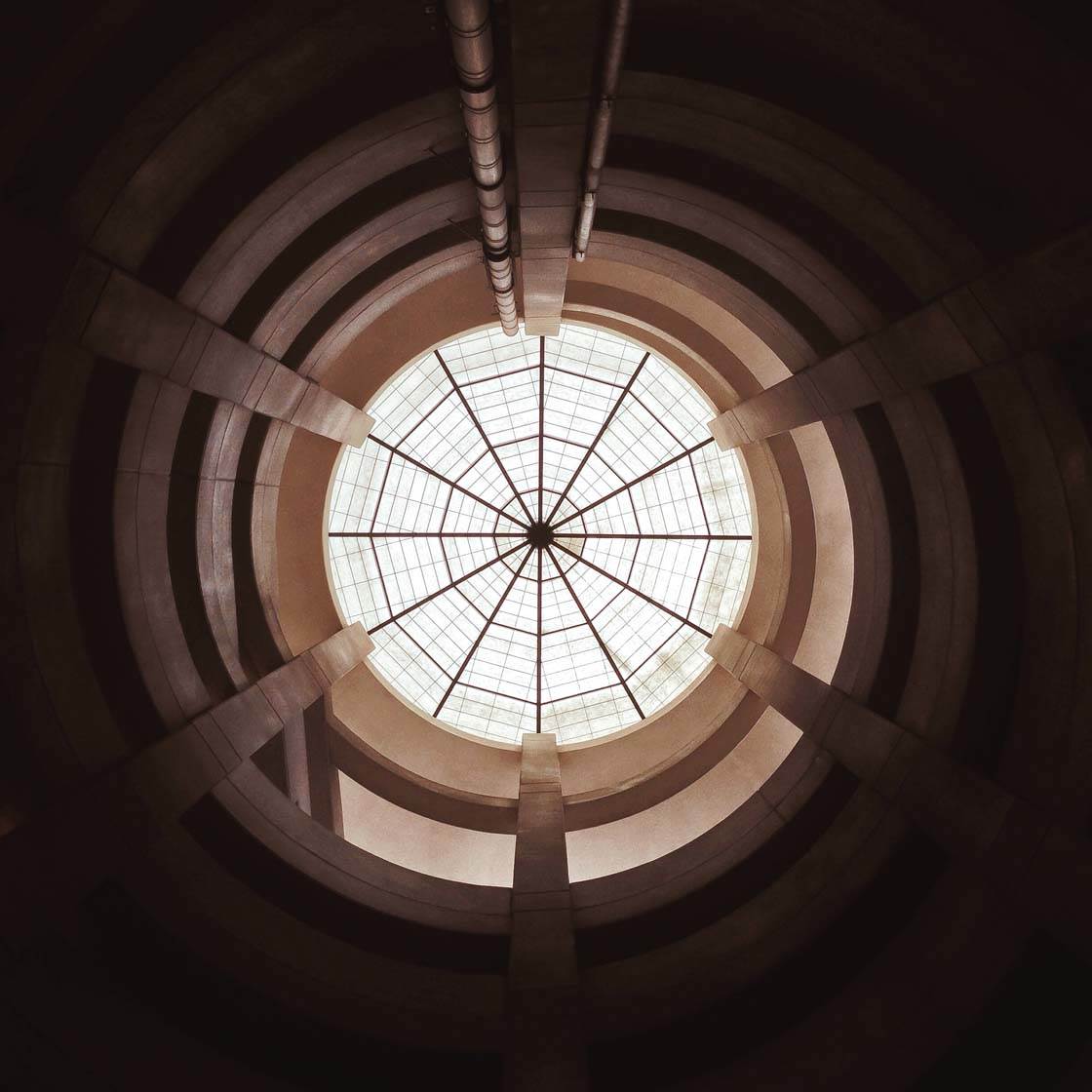
So from now on, start exploring the exteriors and interiors of different types of buildings with a more careful eye.
If you train your eye to notice architecture with photography in mind, and employ the tips covered in this article, you’ll soon be capturing amazing architectural iPhone photos that you’ll want to show off to the world!


Wow!! Great article Eric! Informative and with such stunning & inspiring photos!
Jill, thanks so much! Appreciate the feedback. 🙂
Nice shots and very informative. Thanks!
Thank you, Michael! Glad you found it useful.